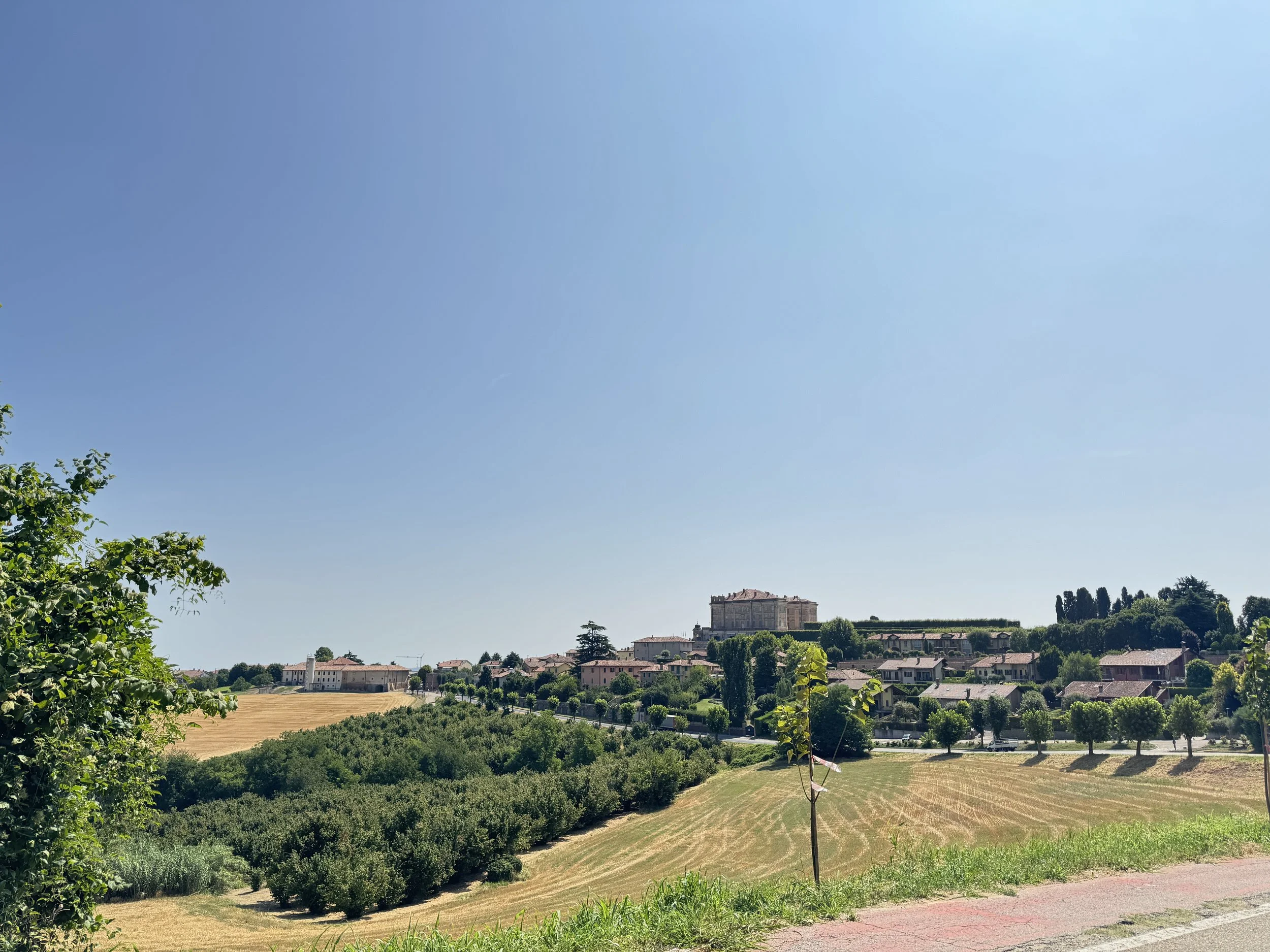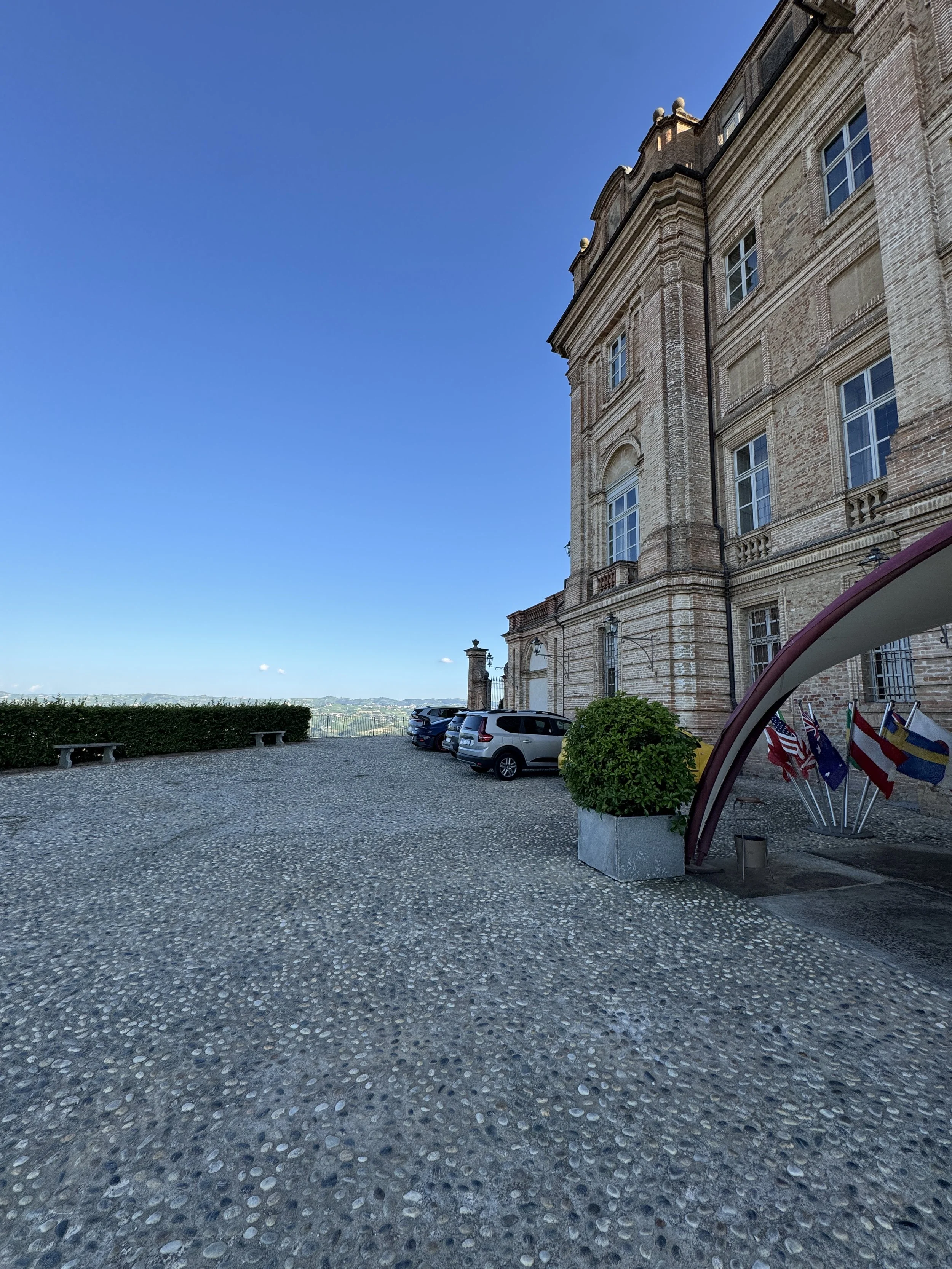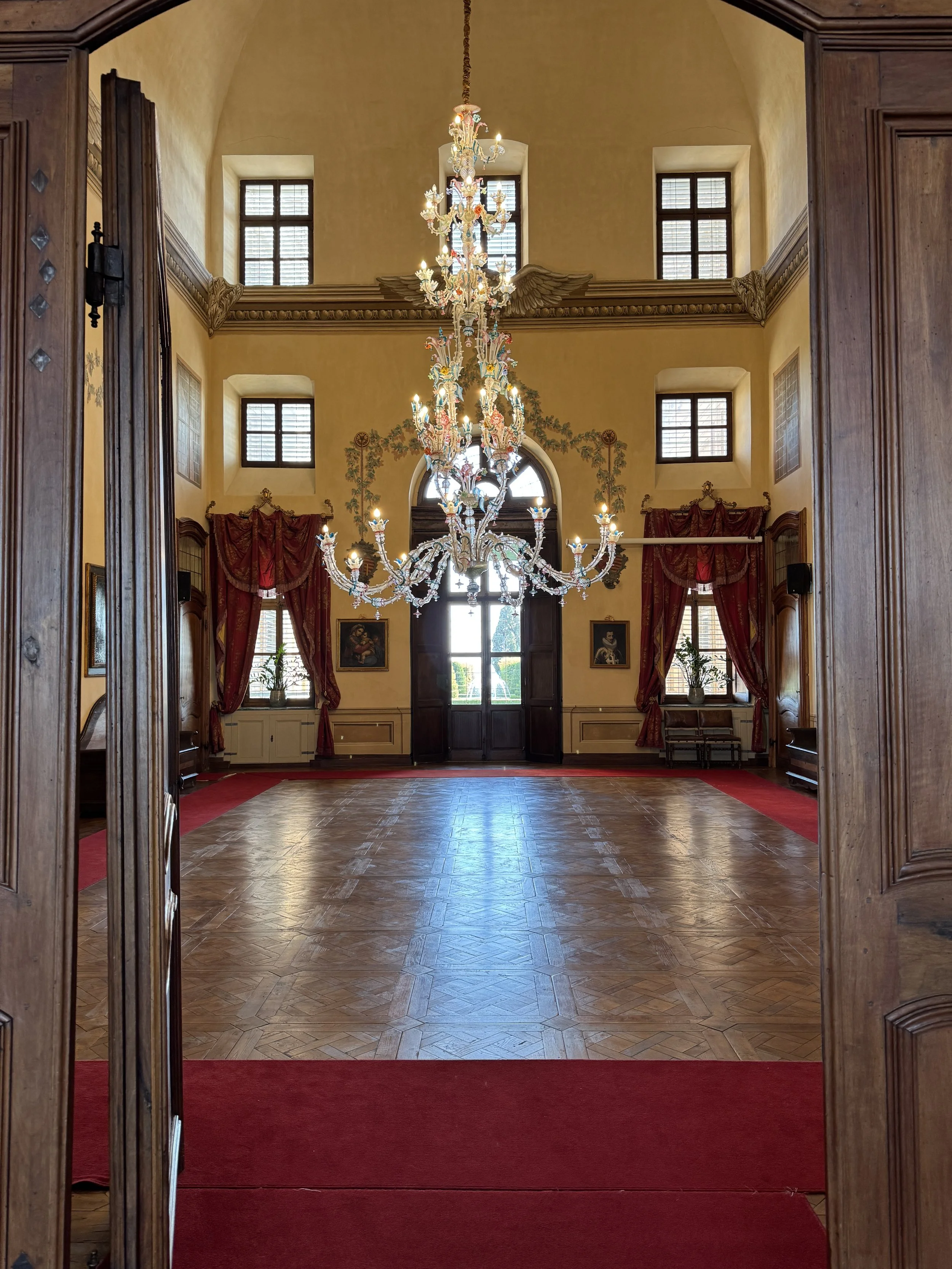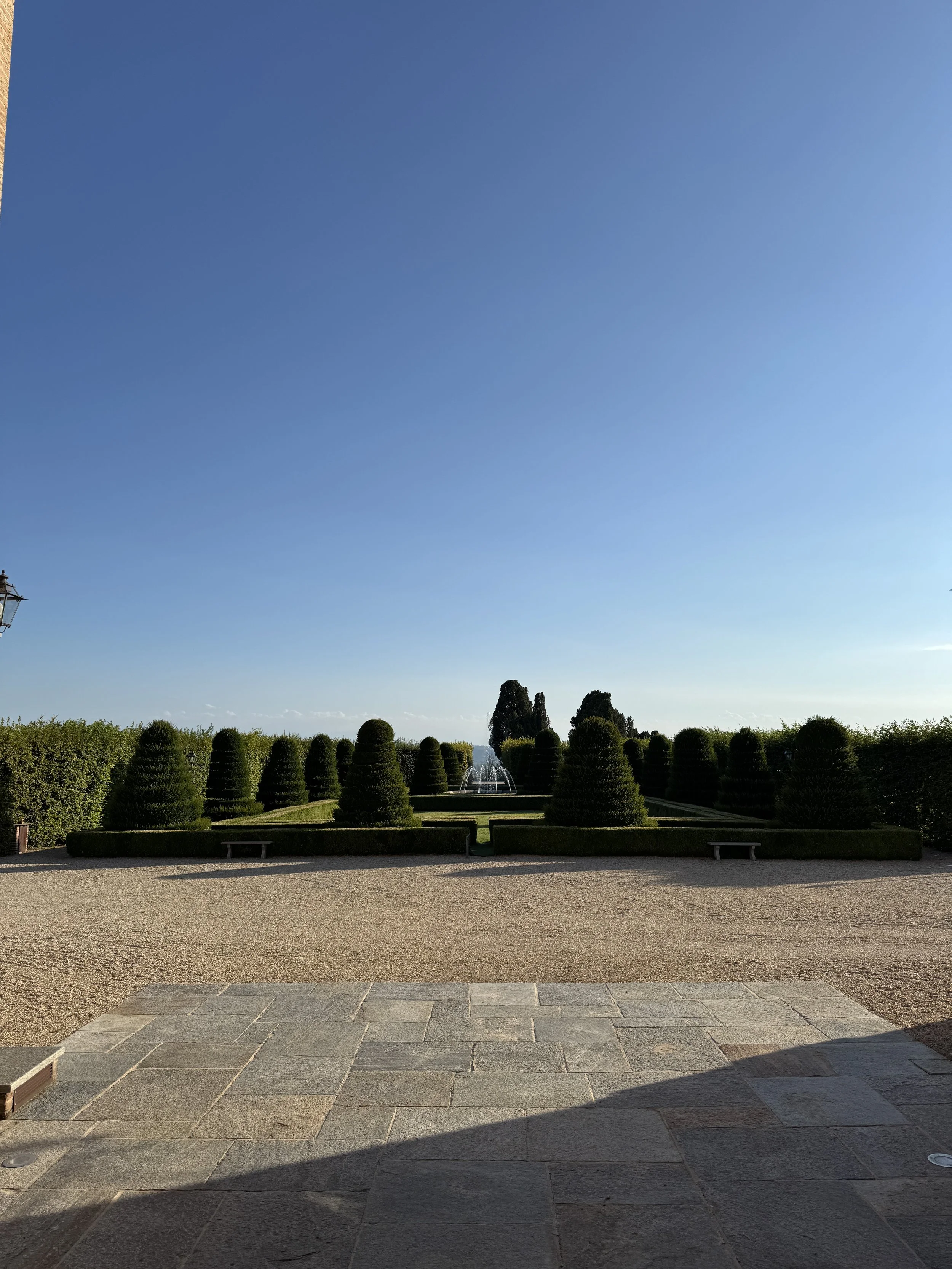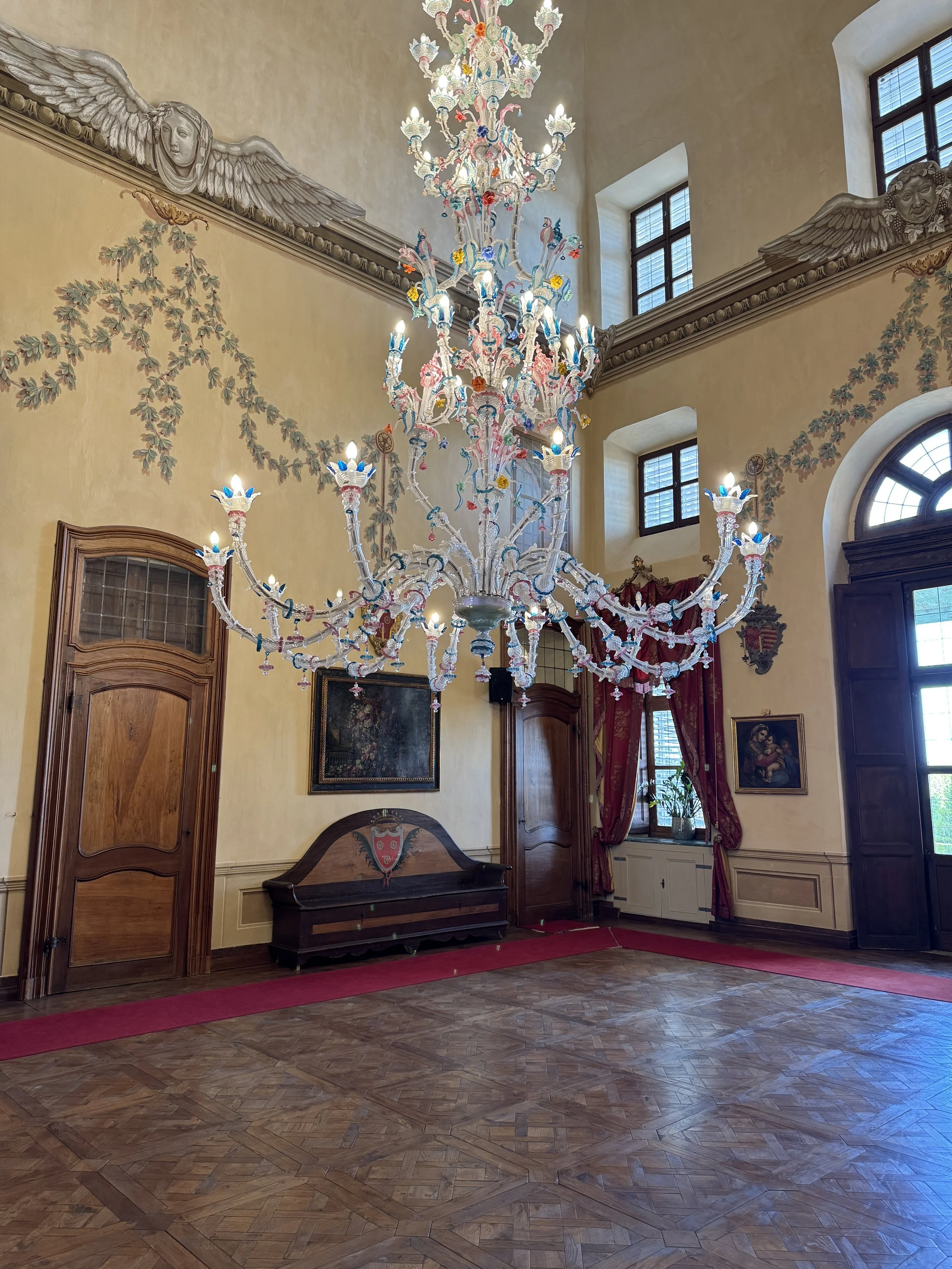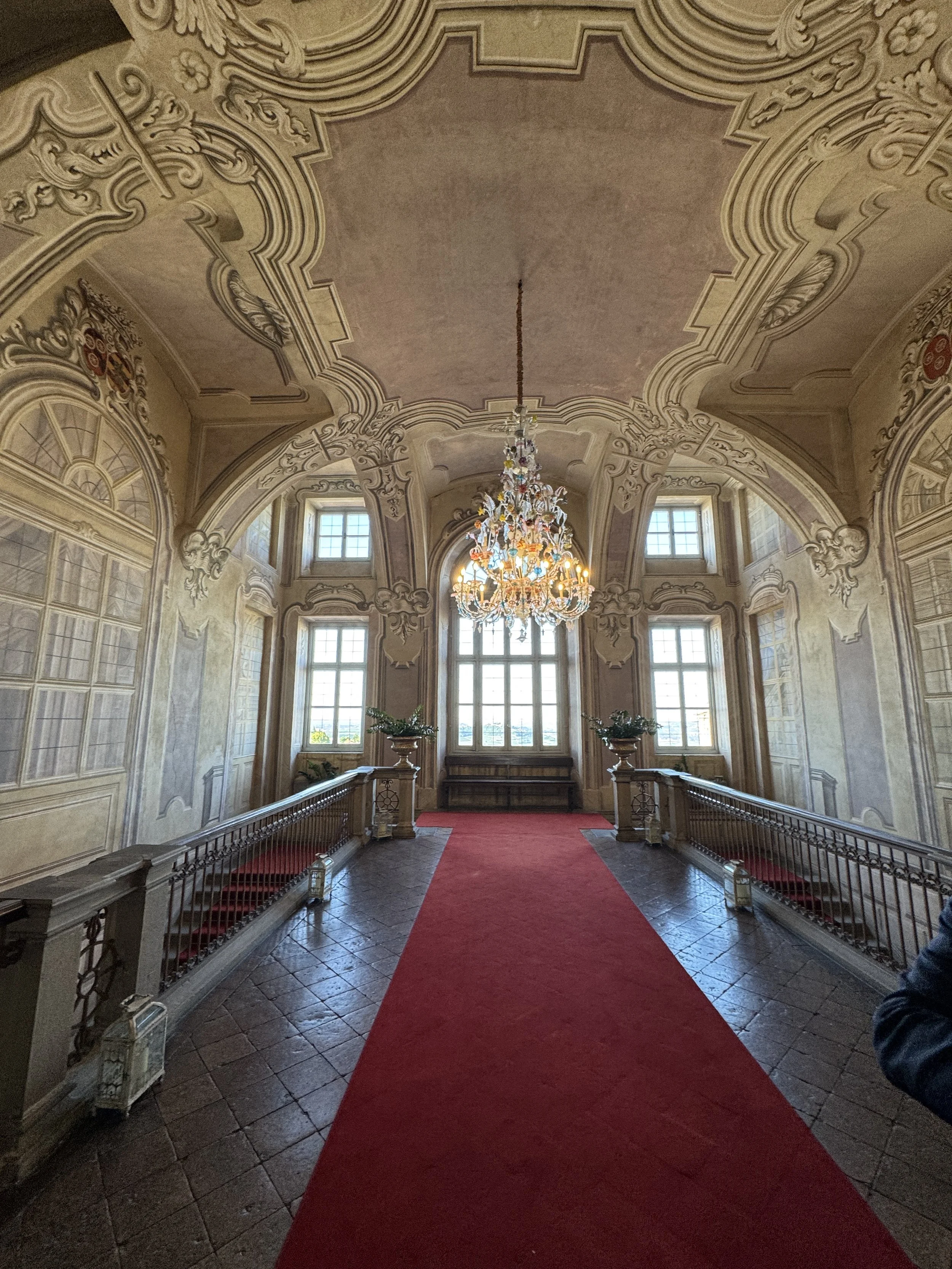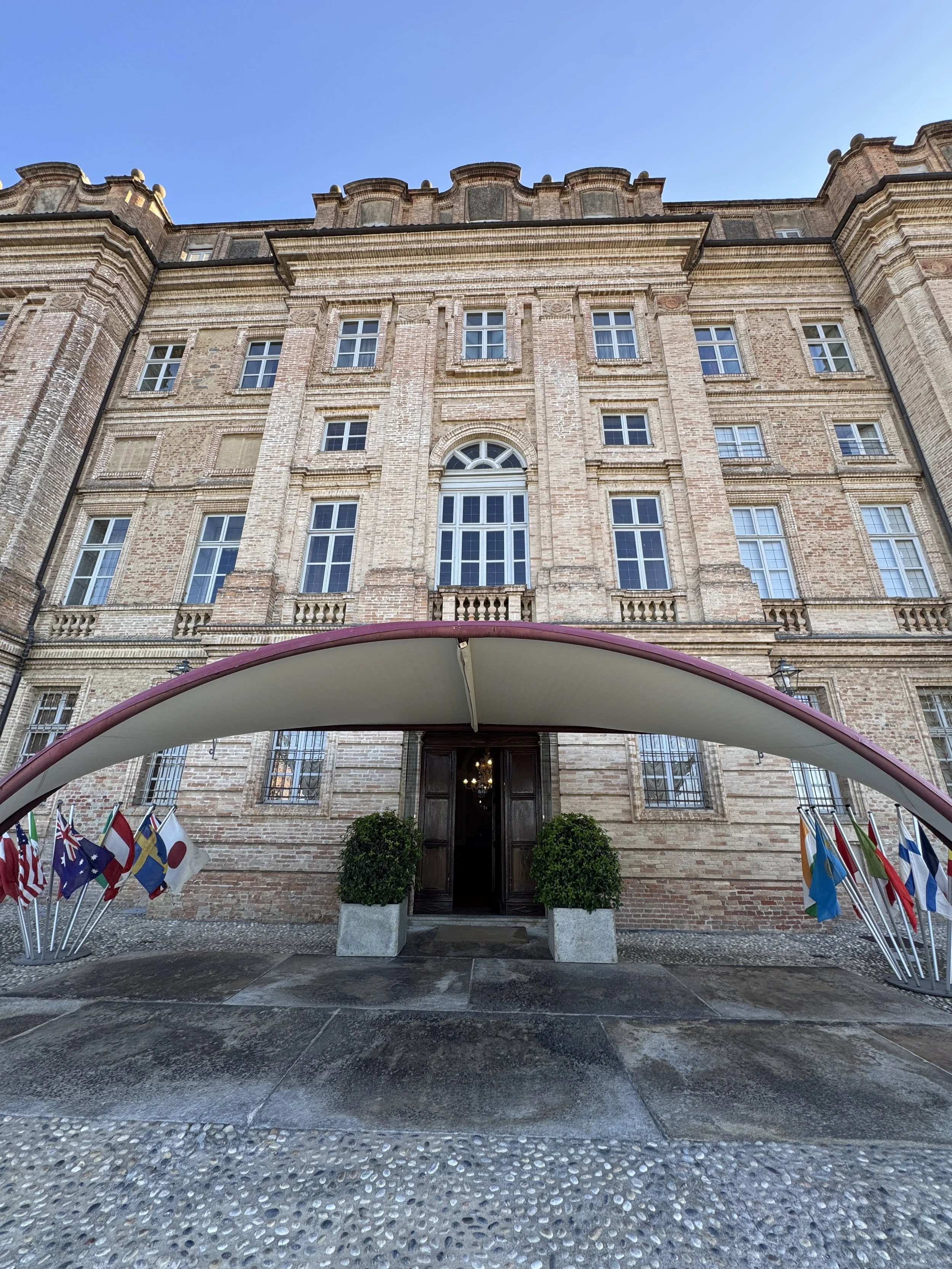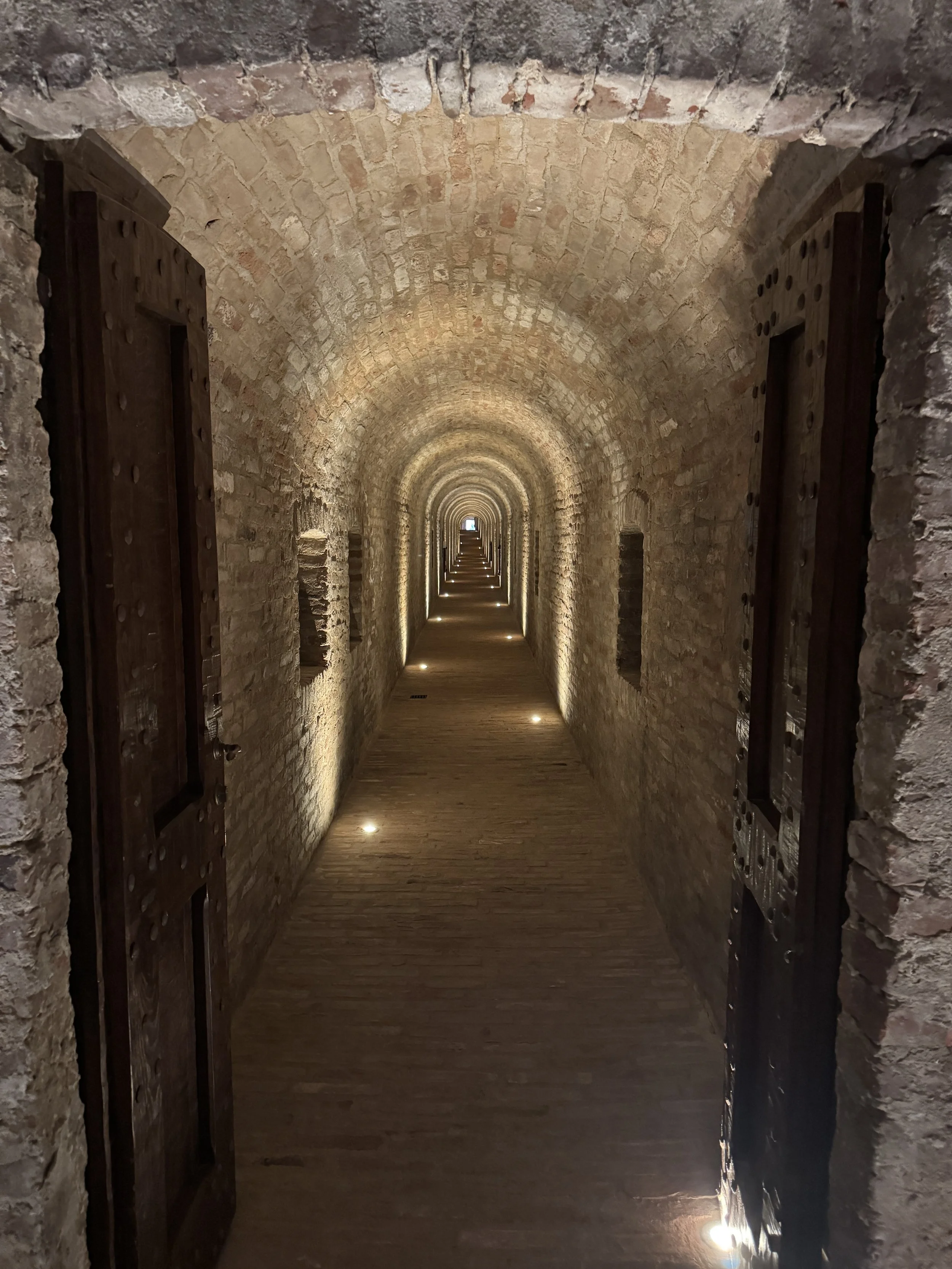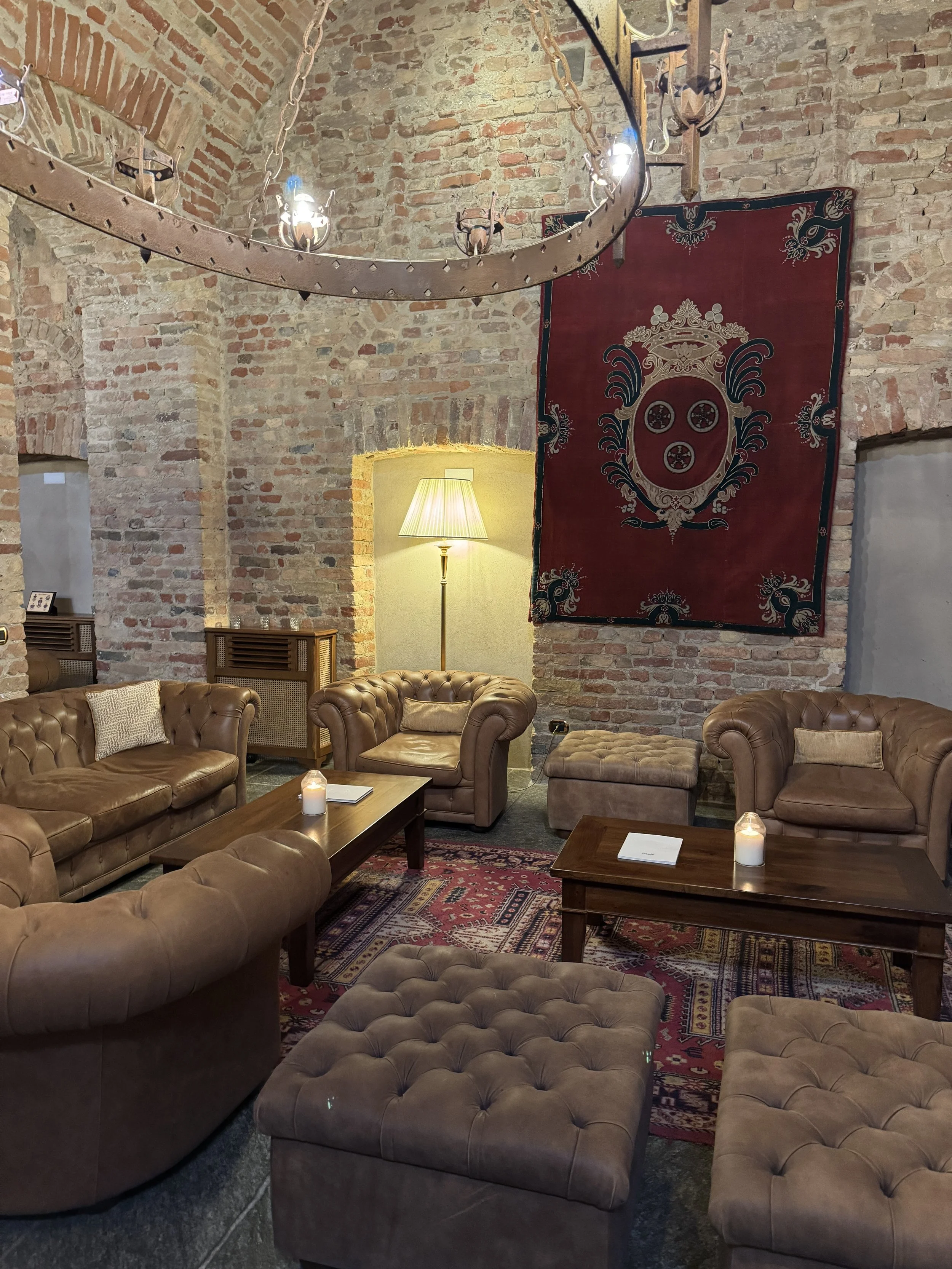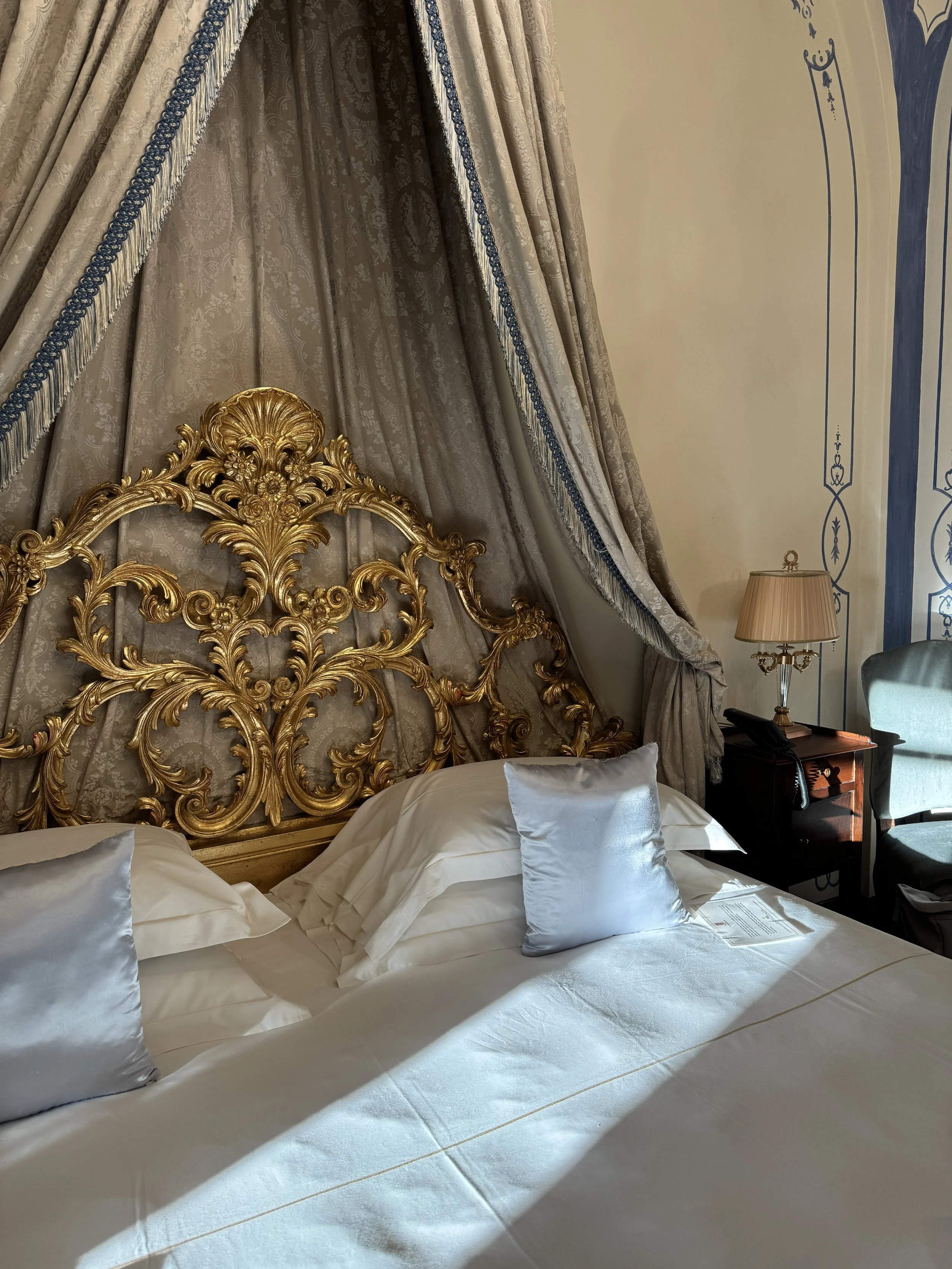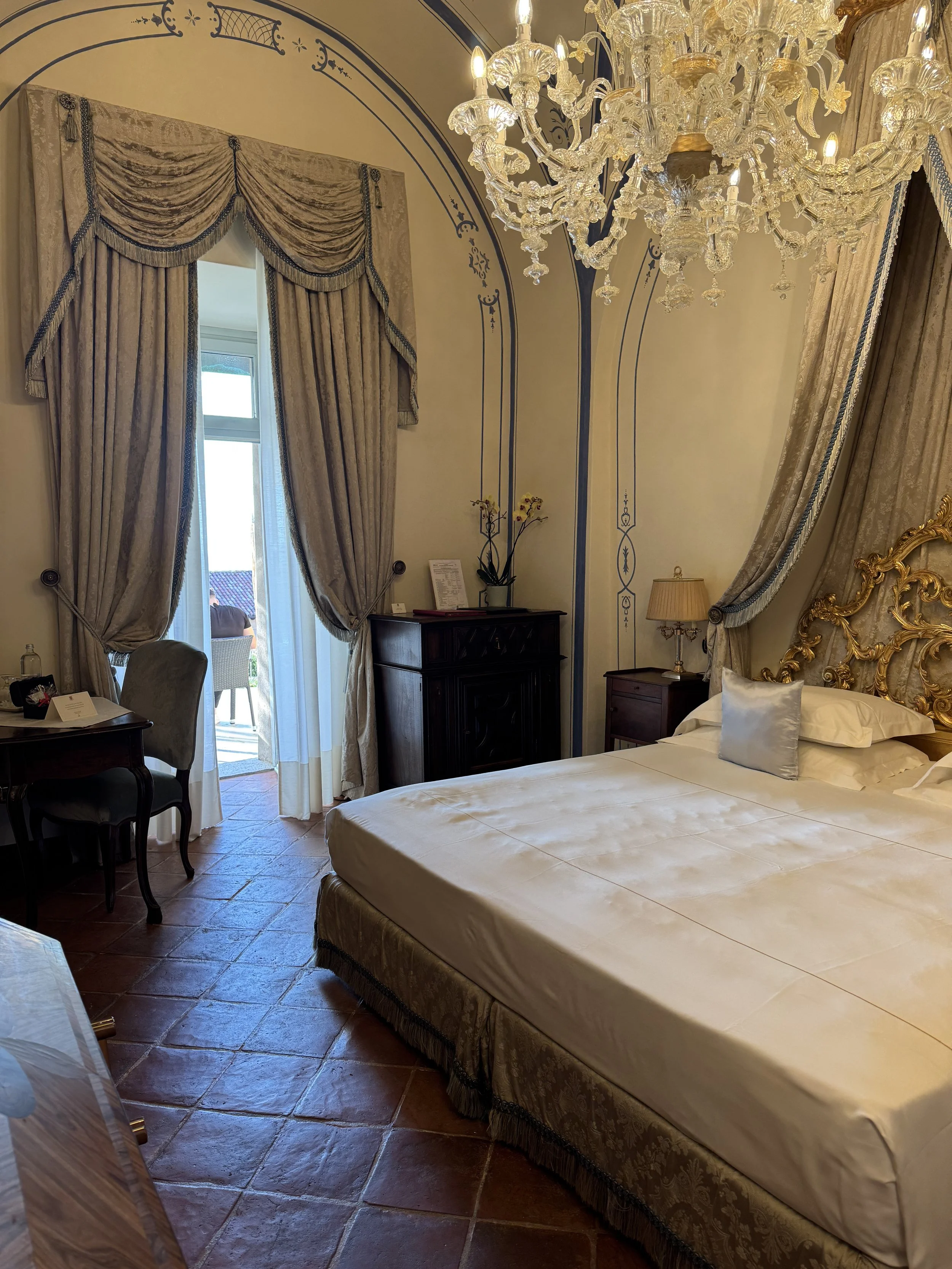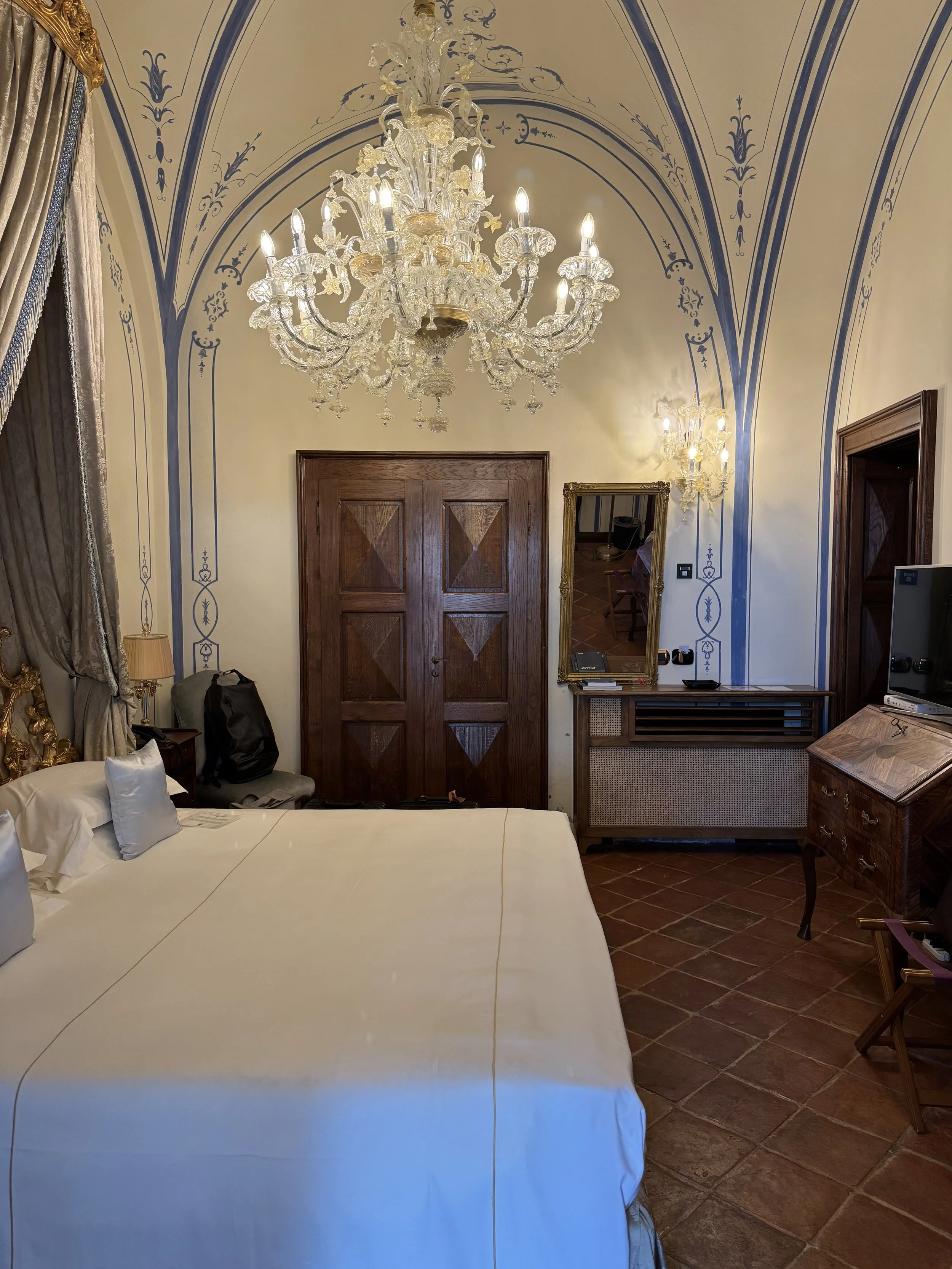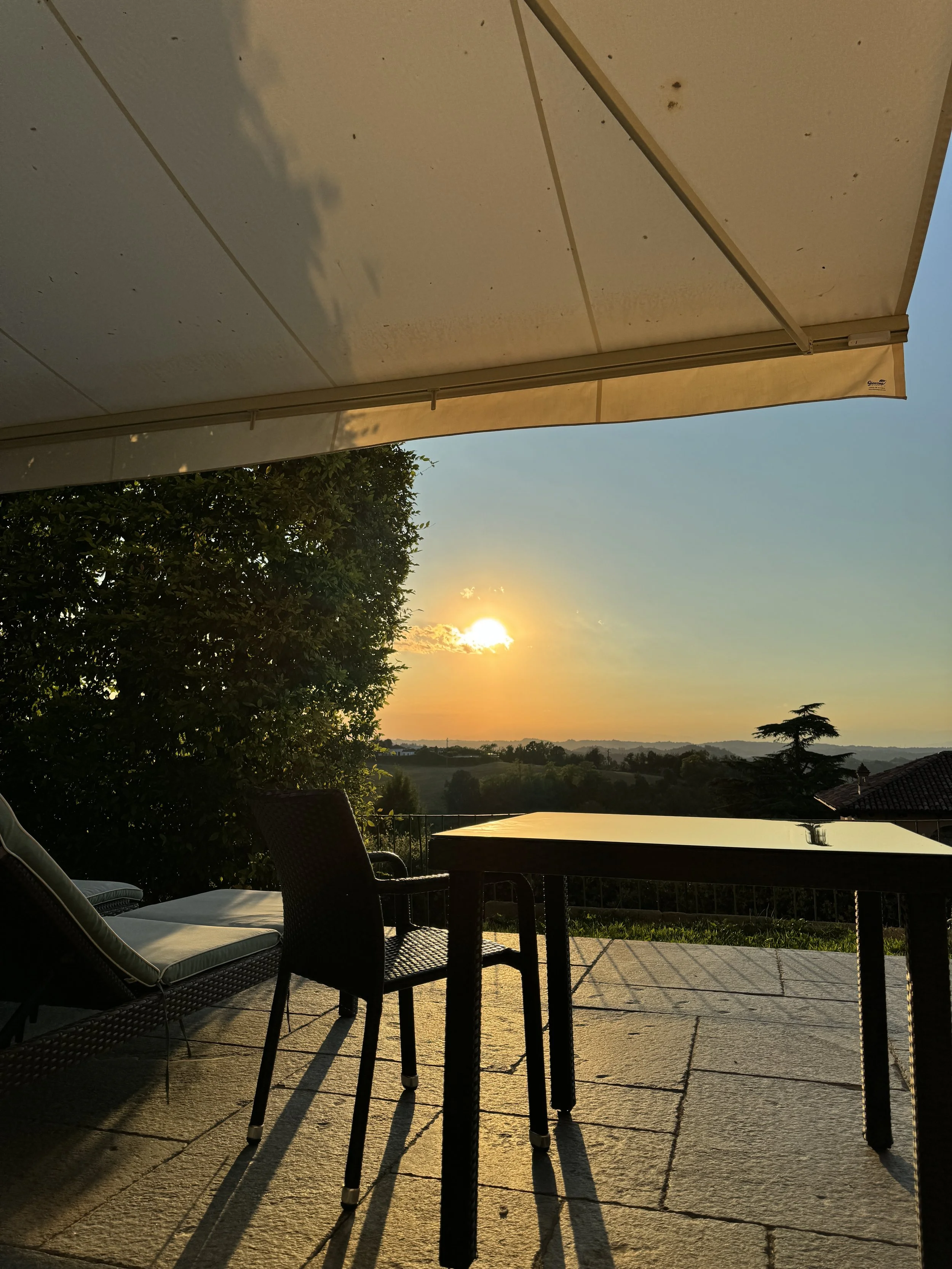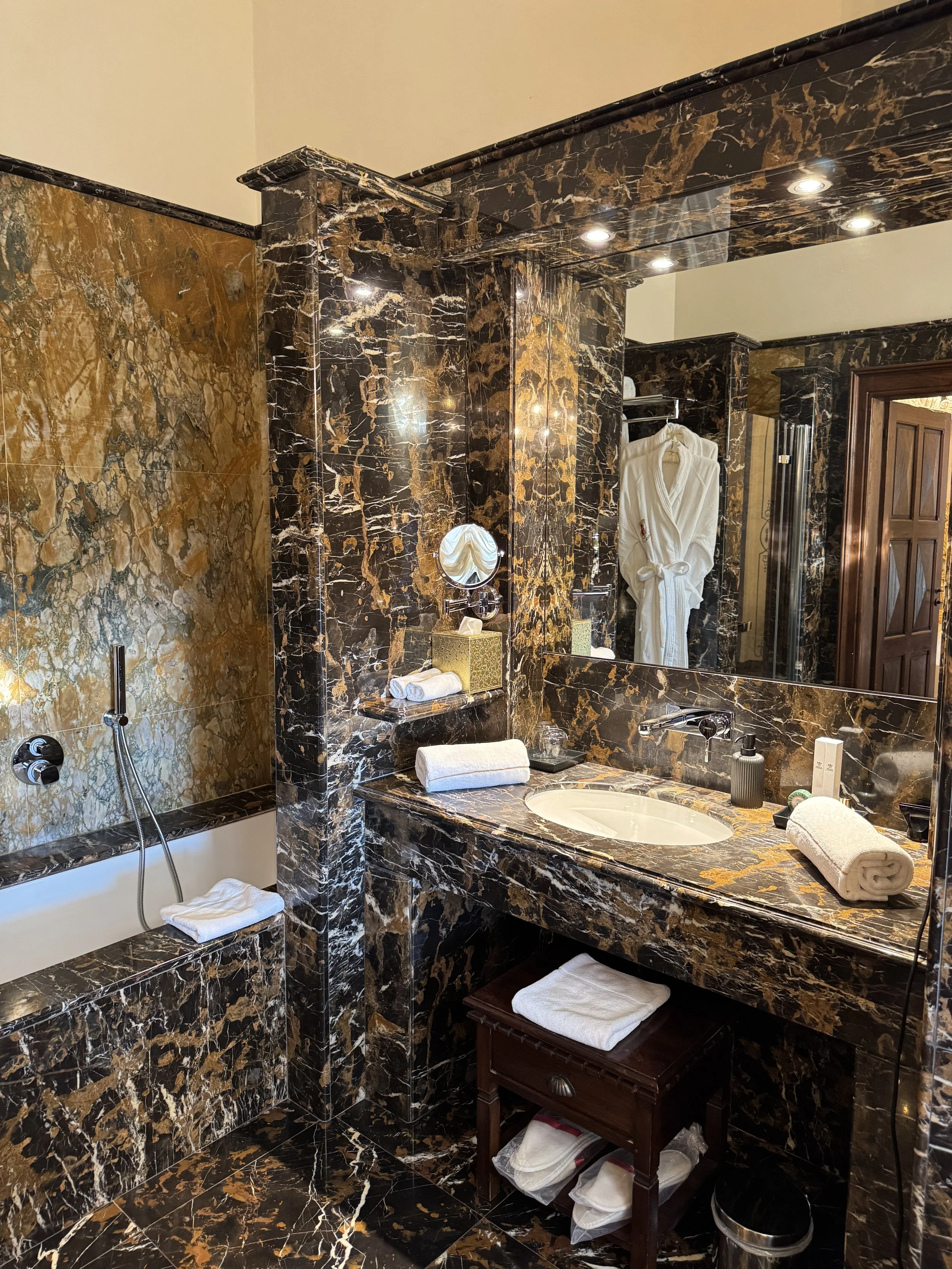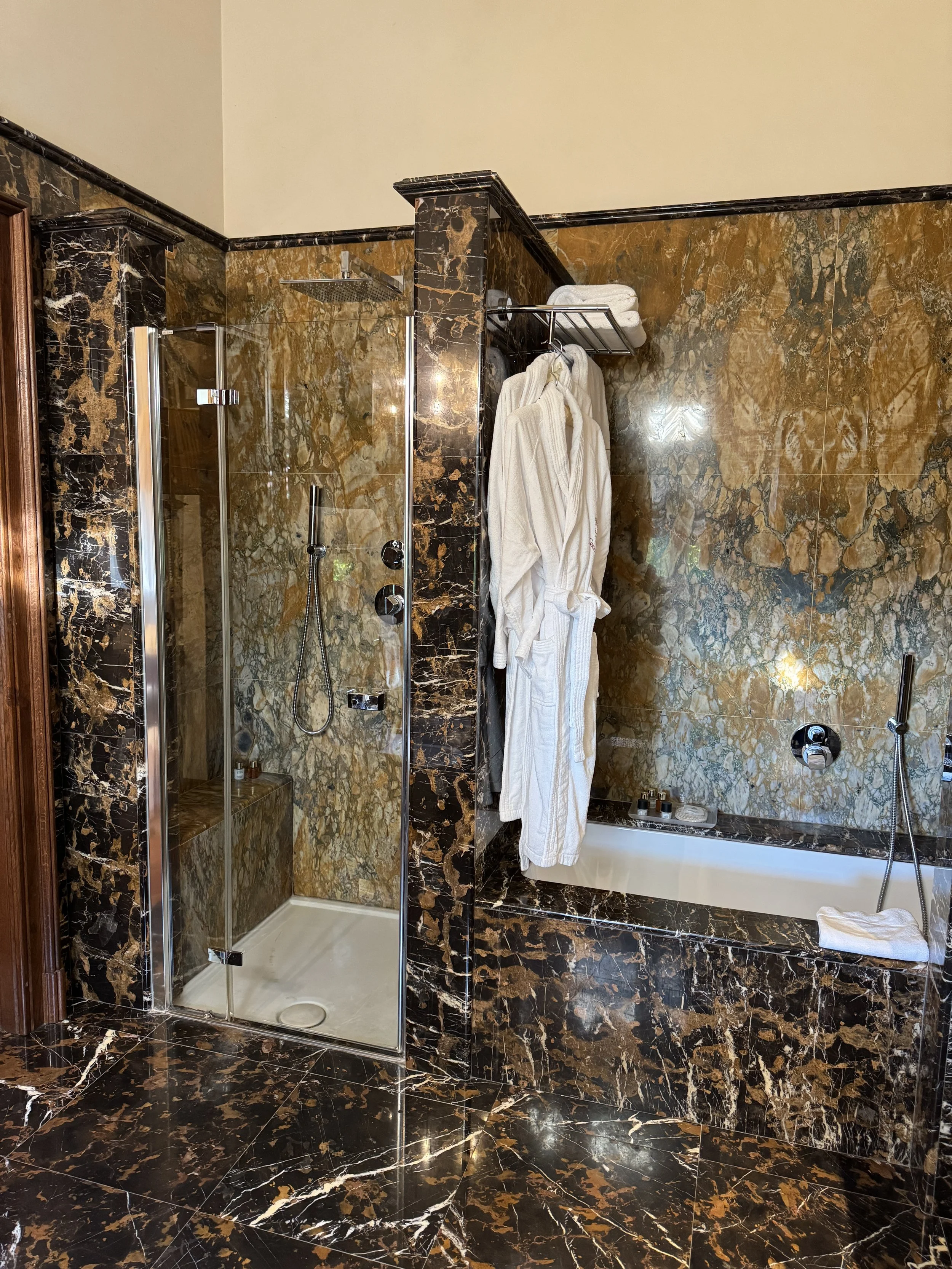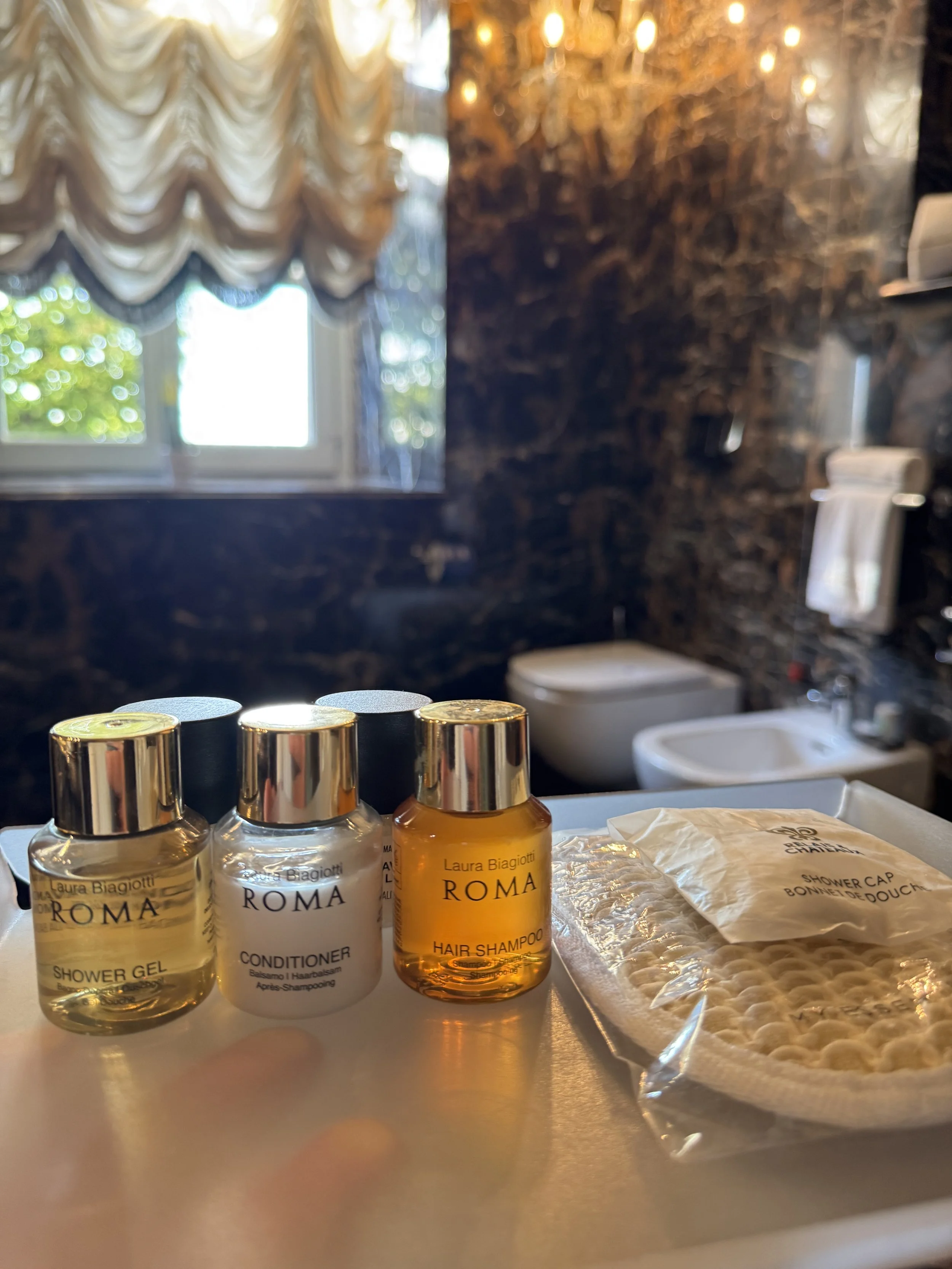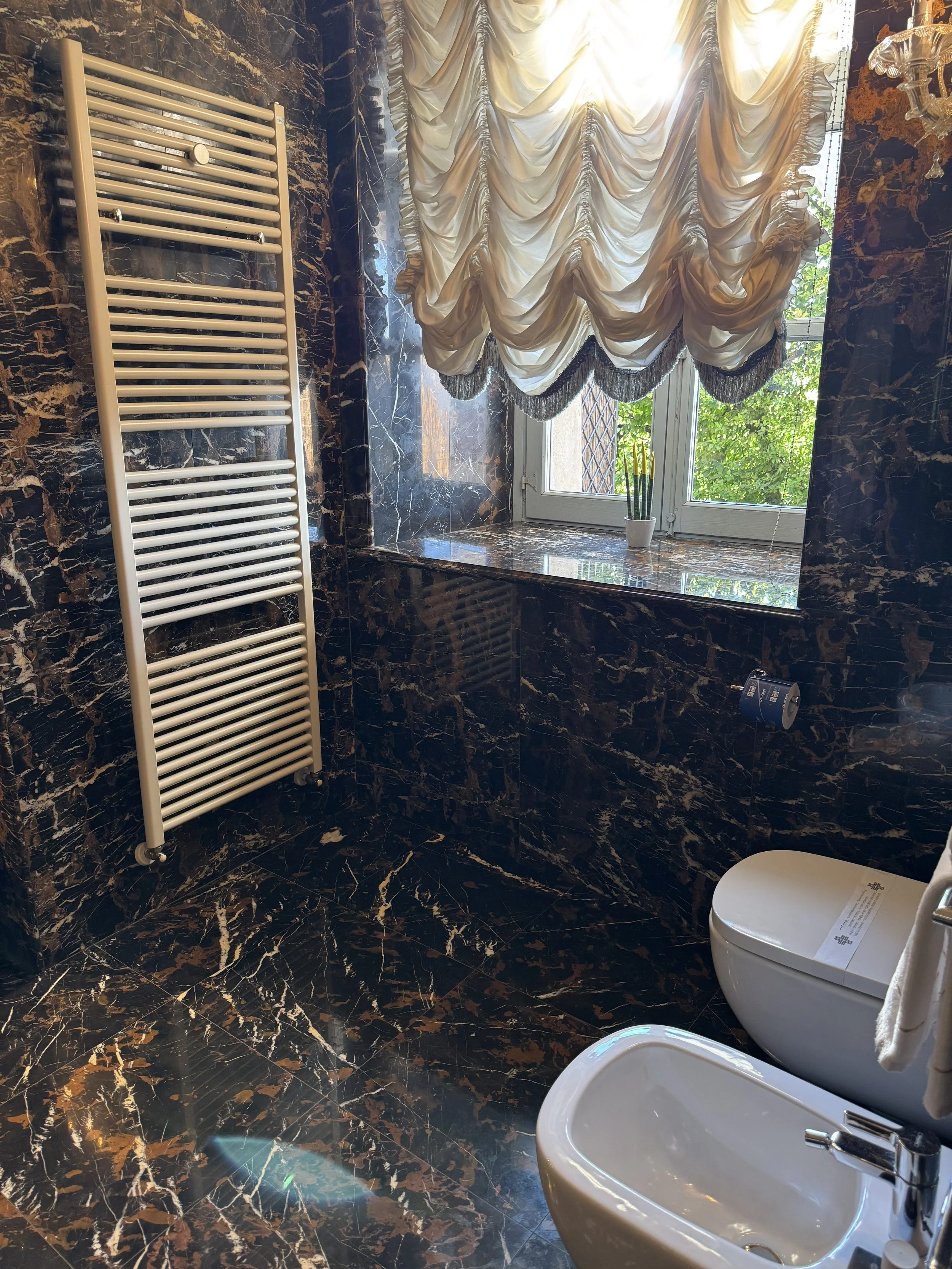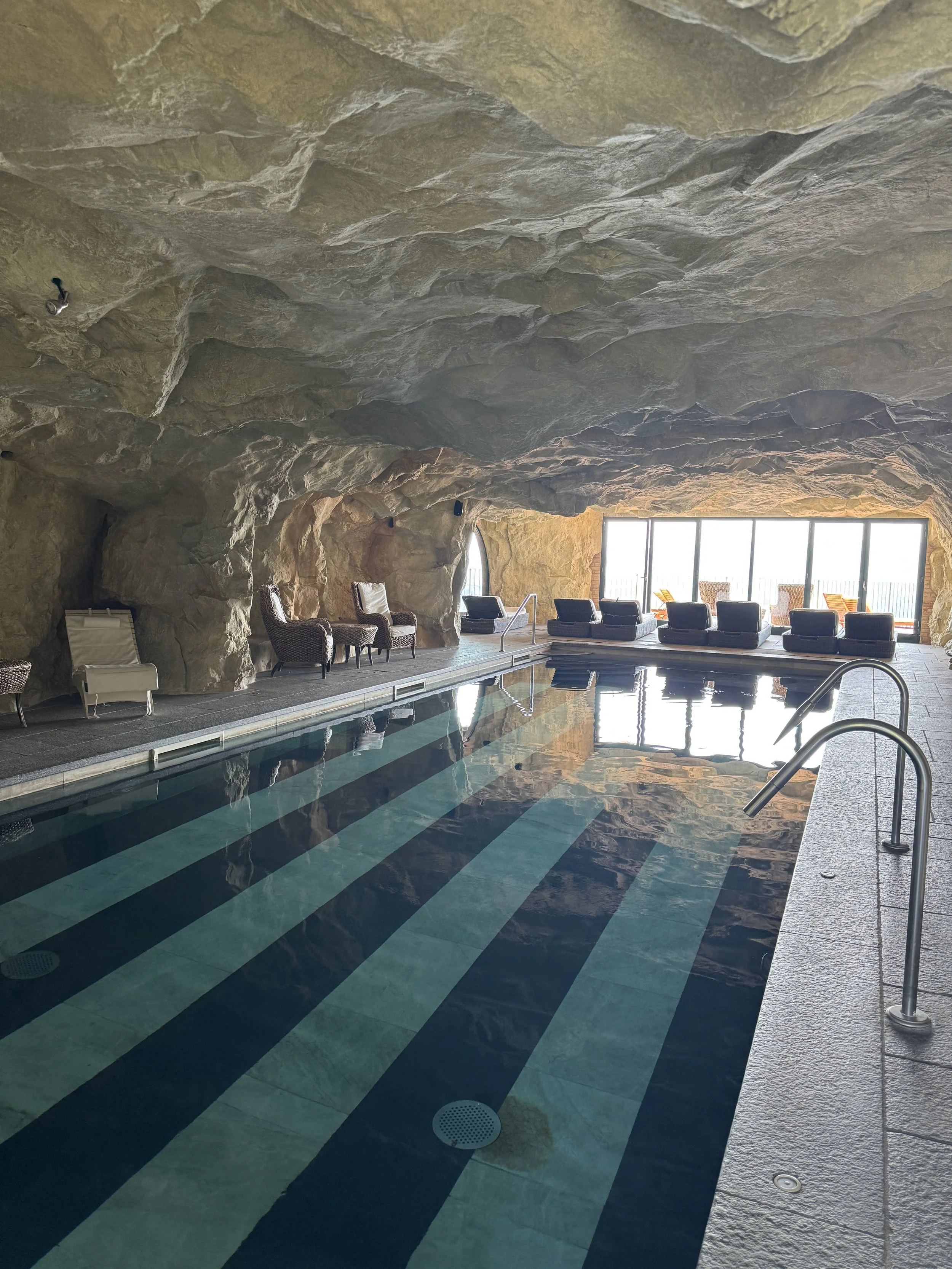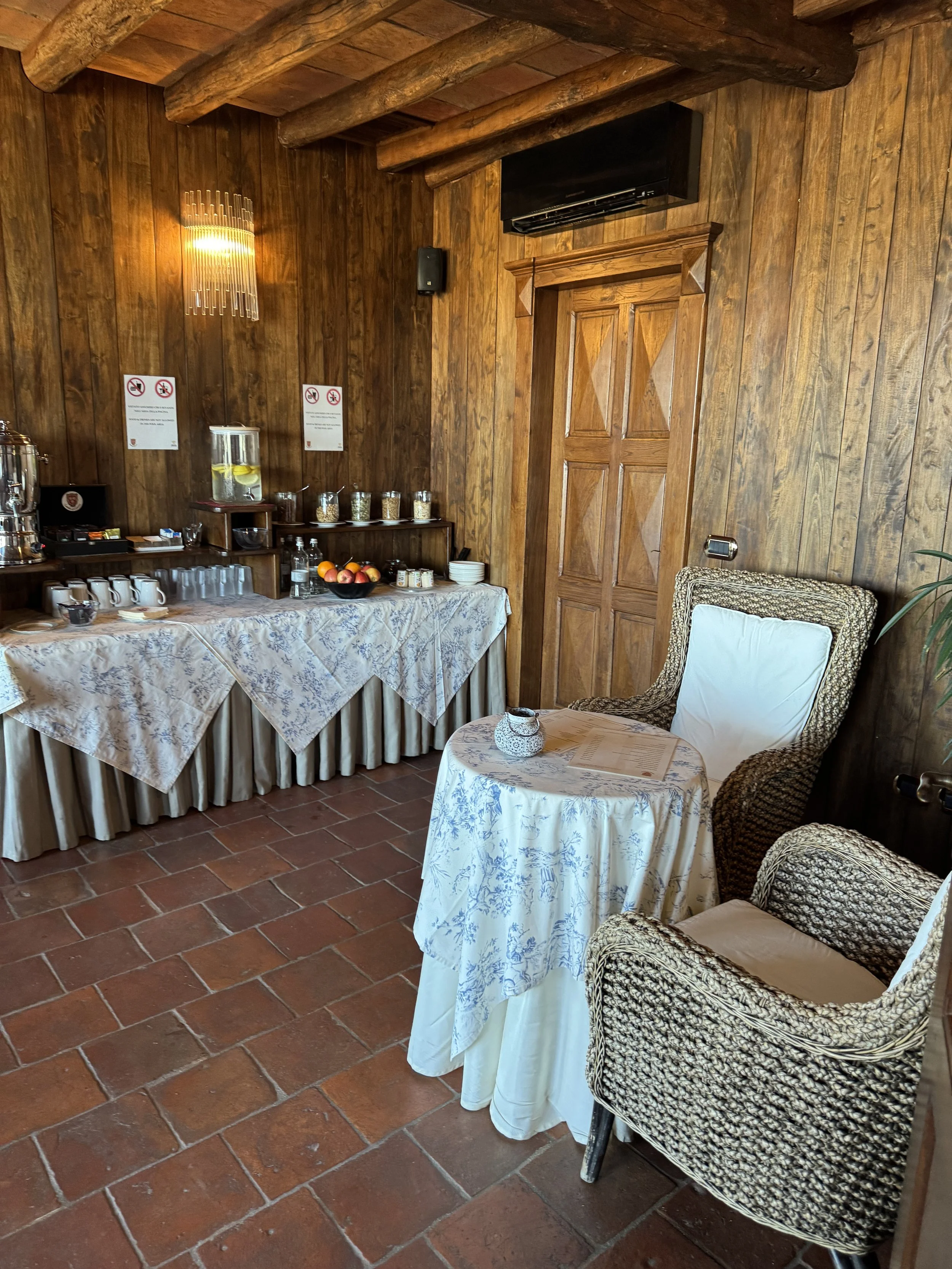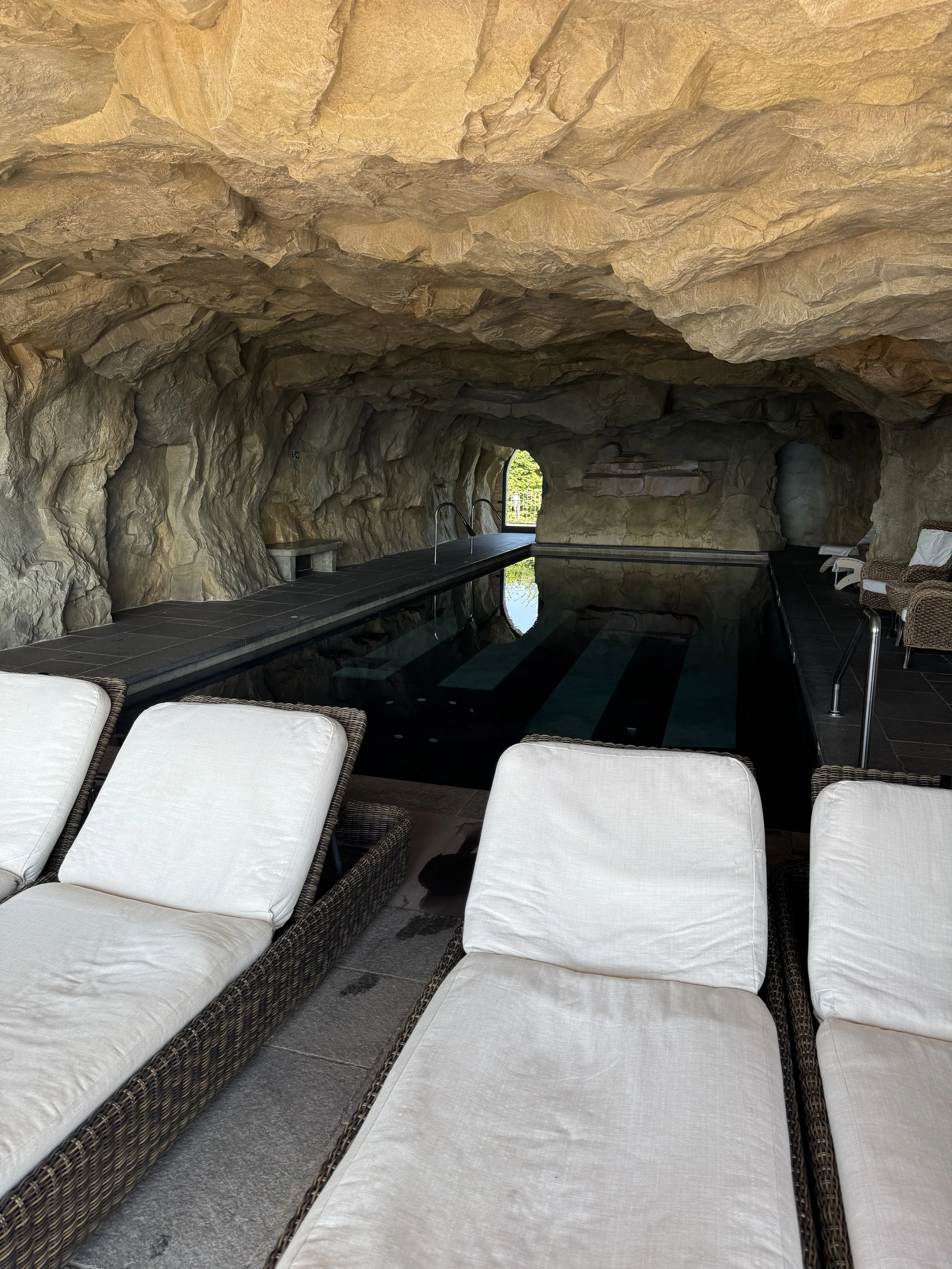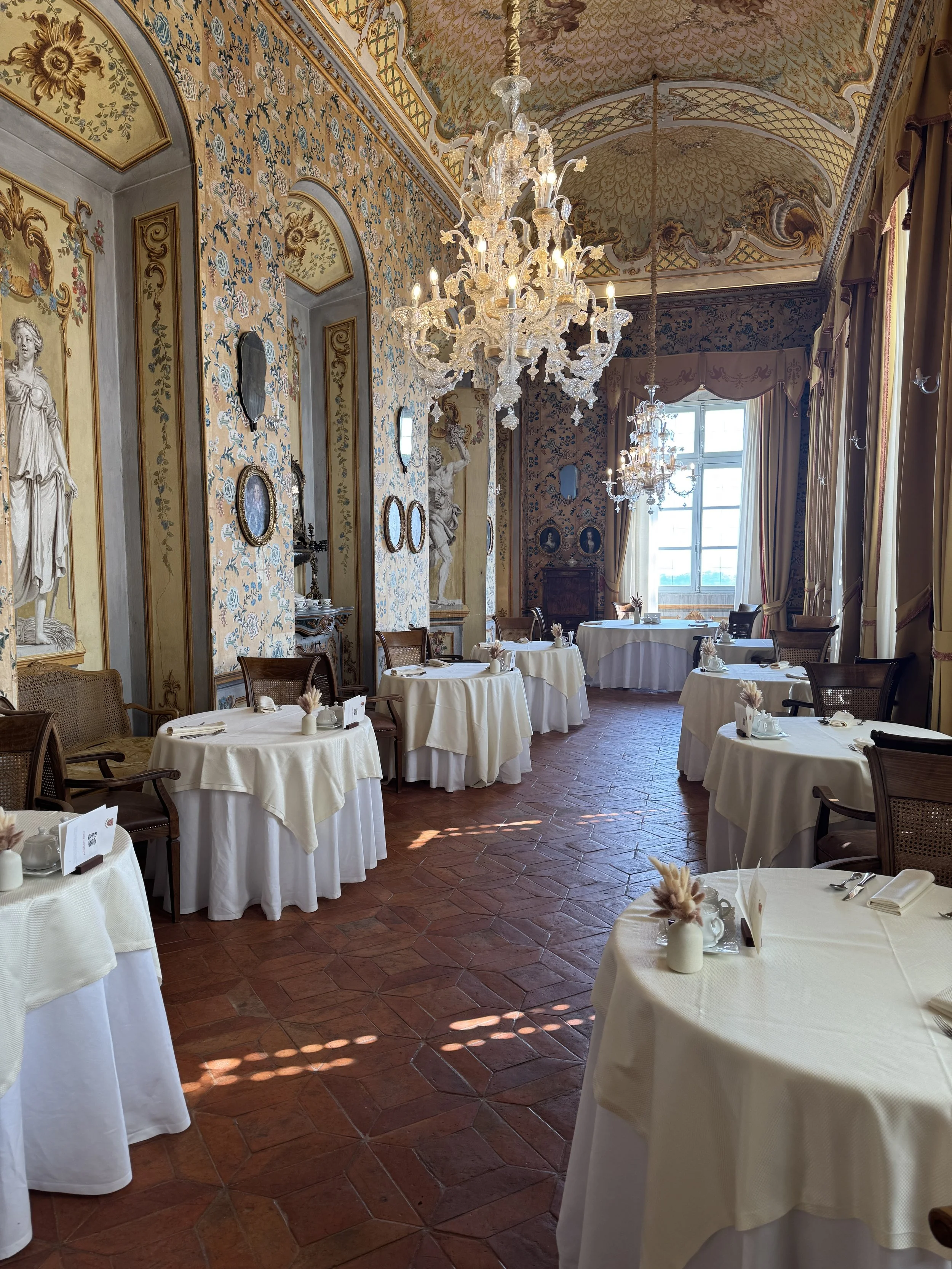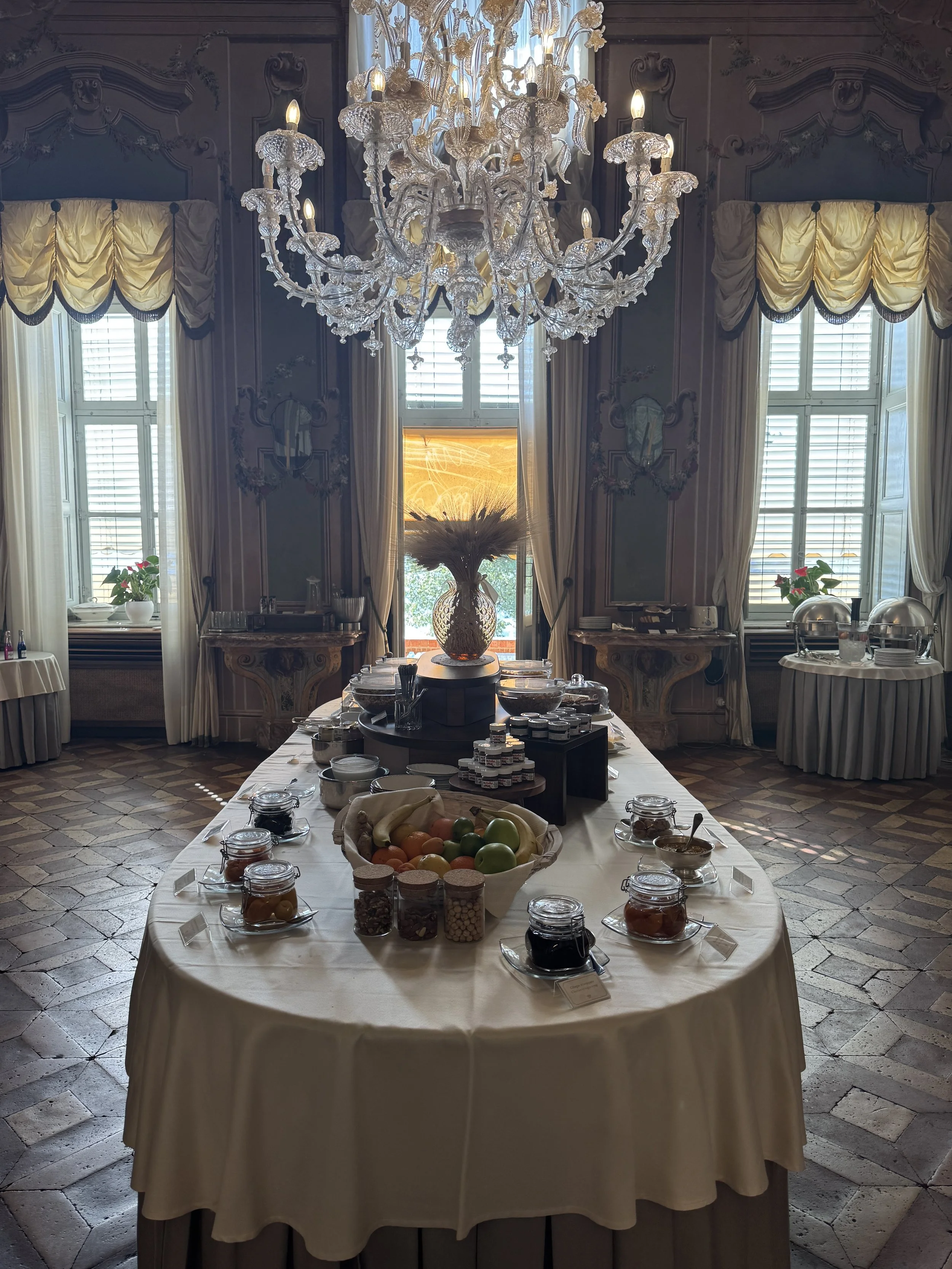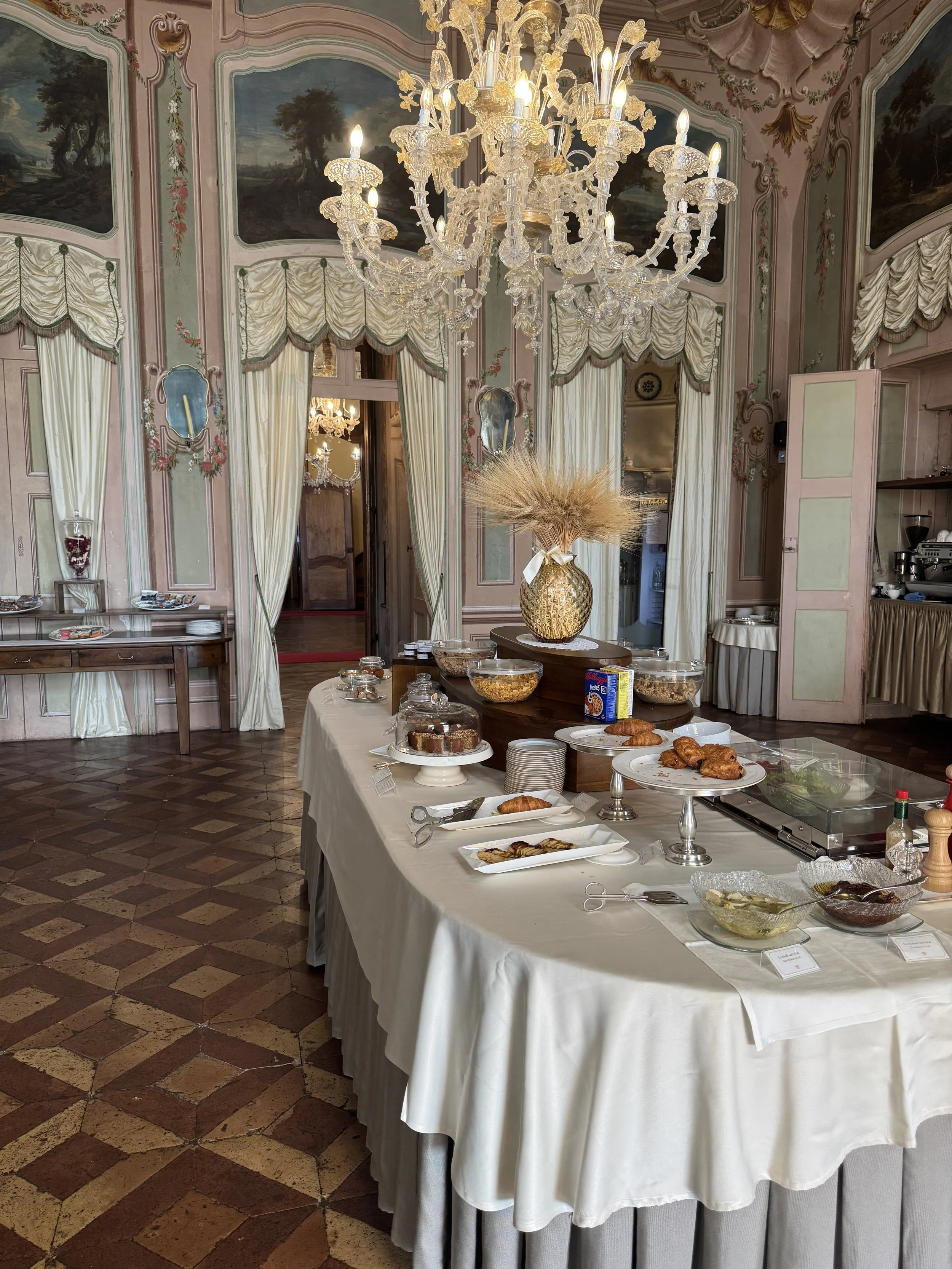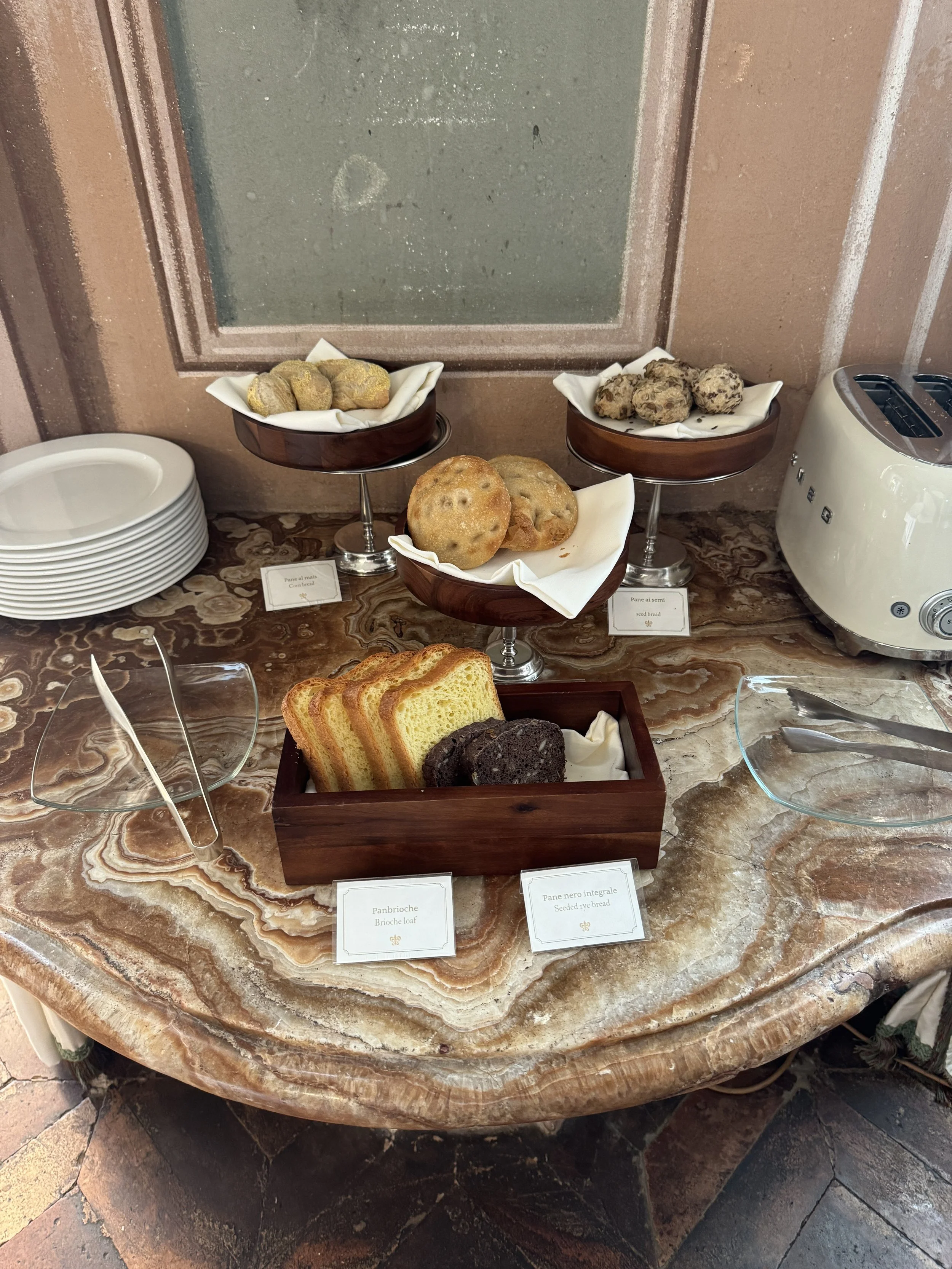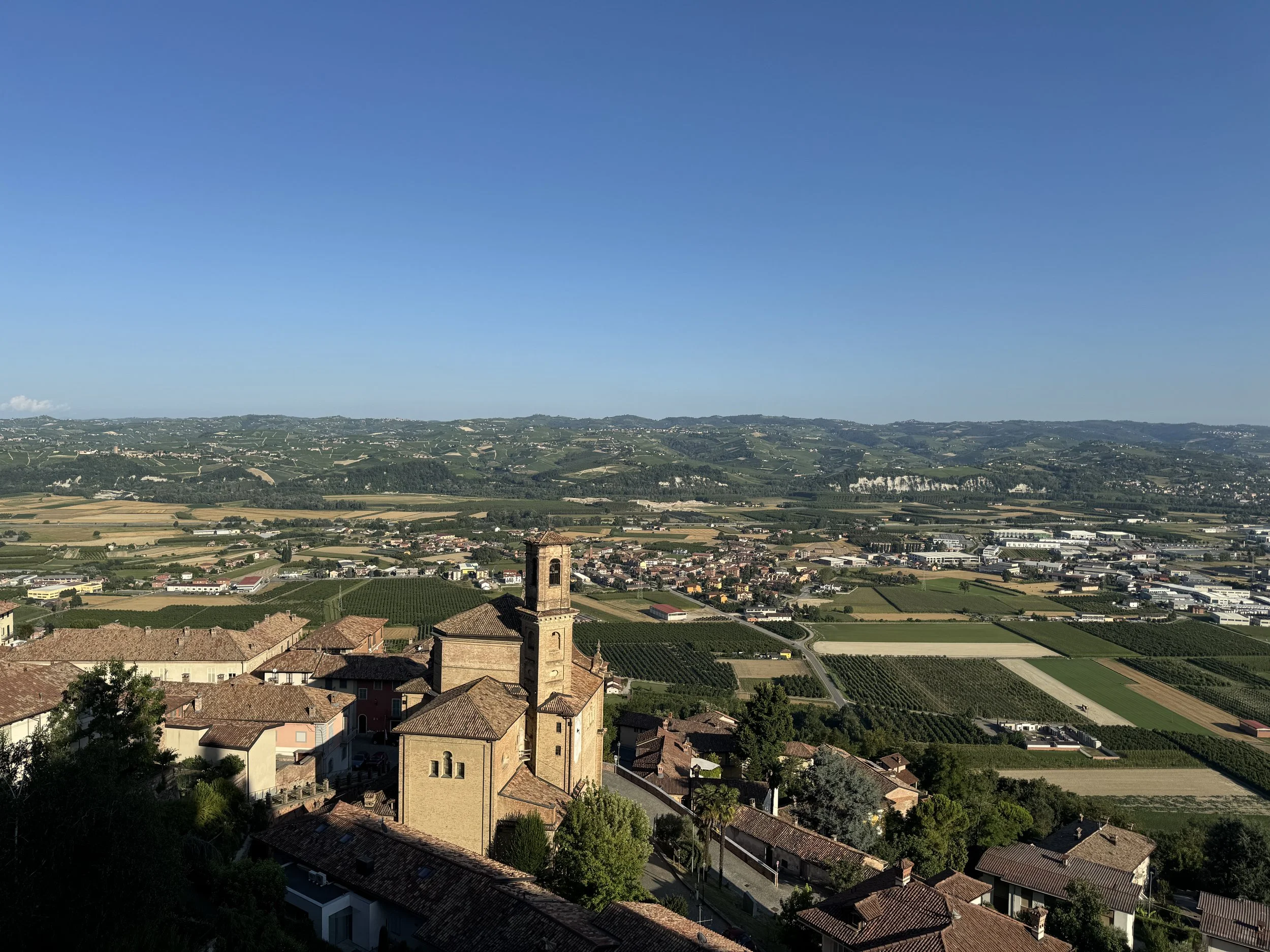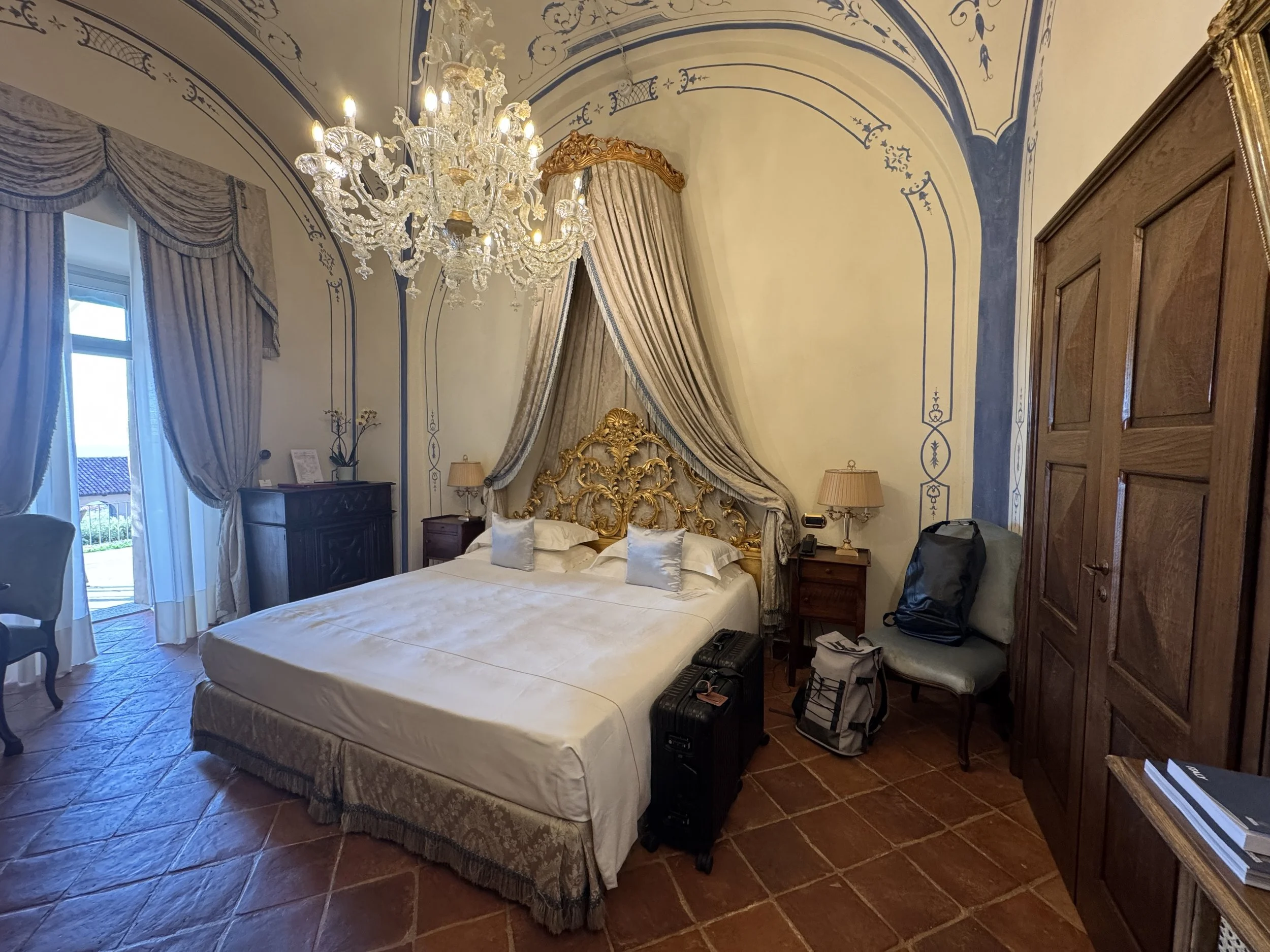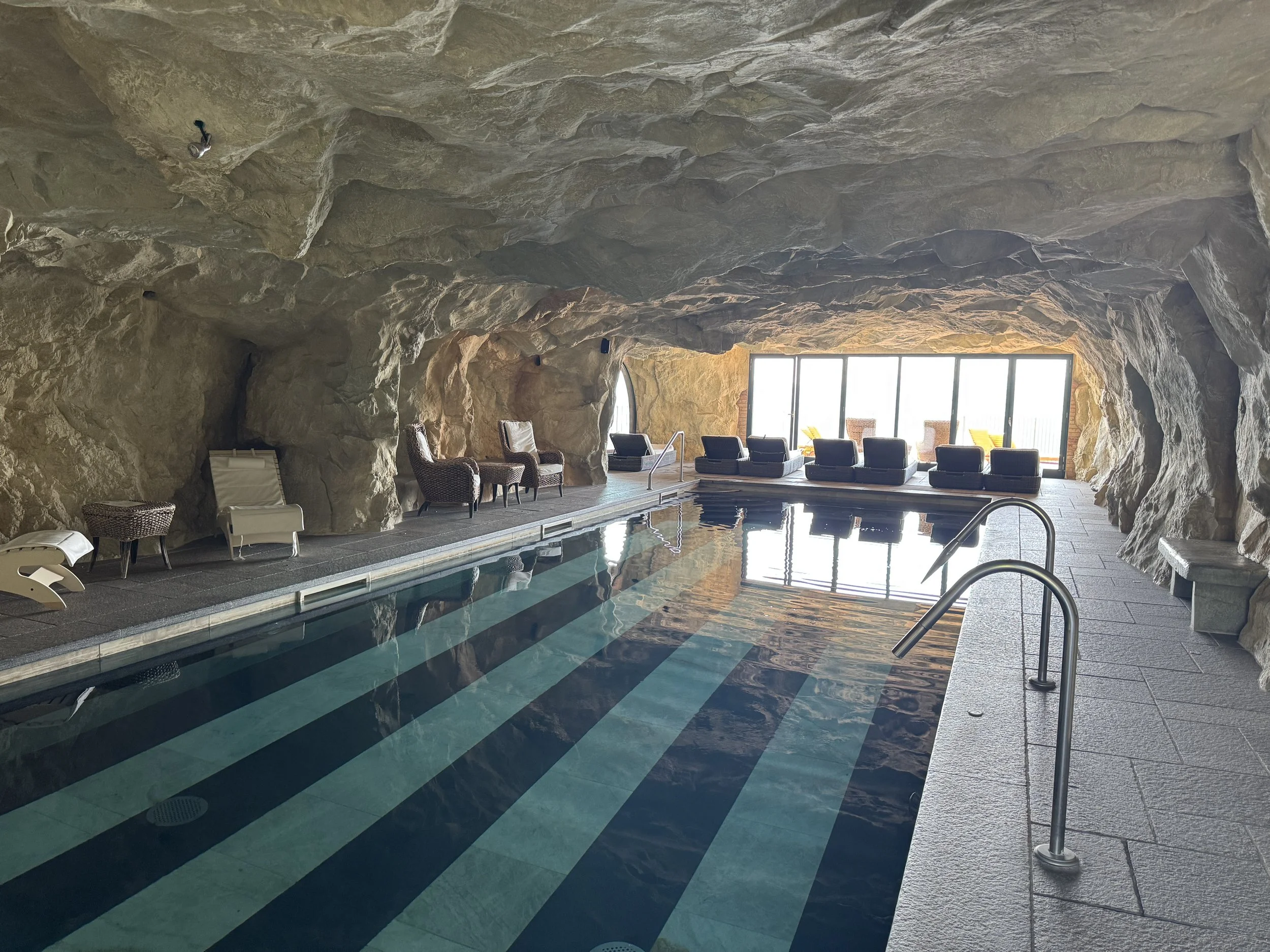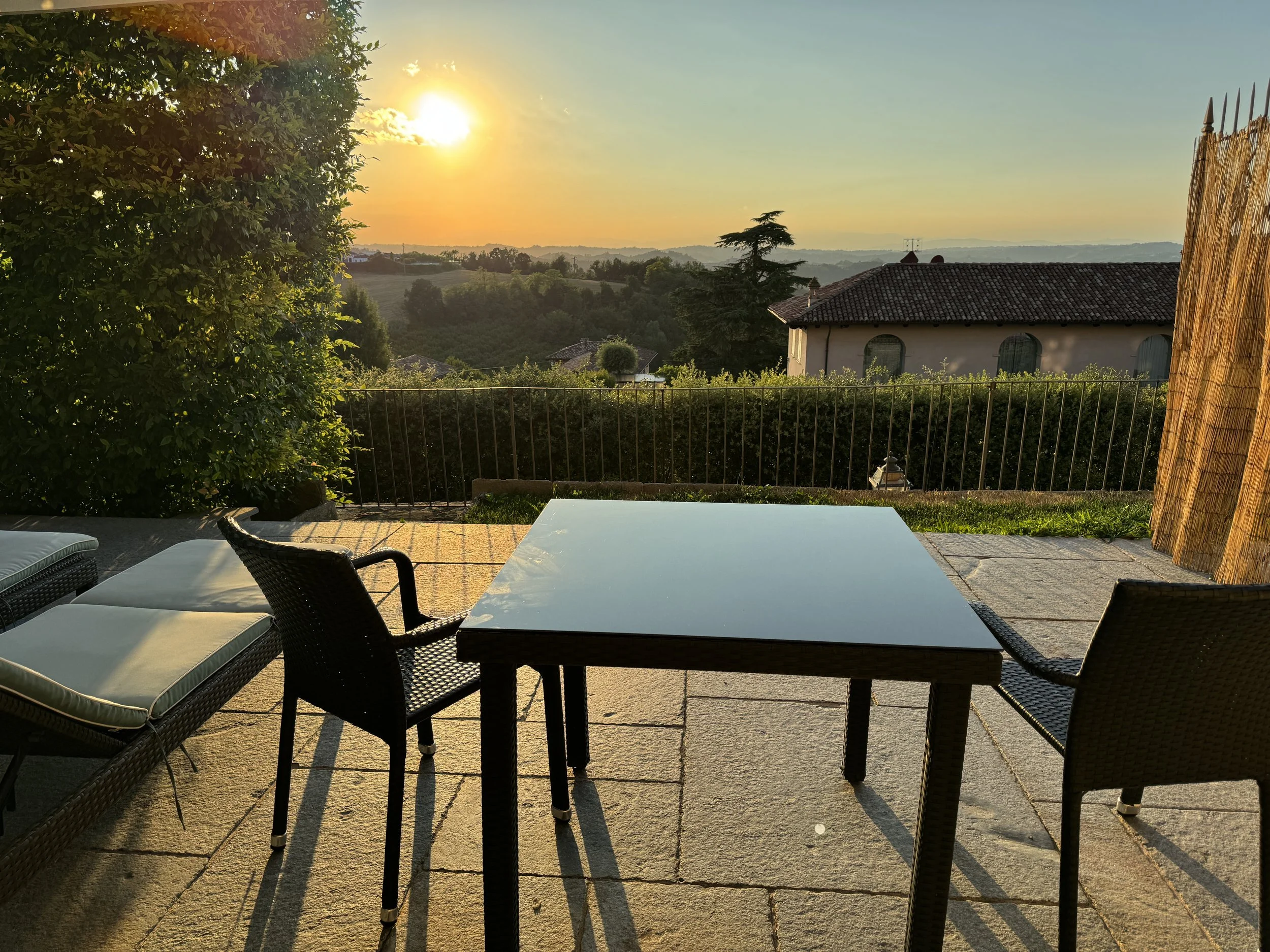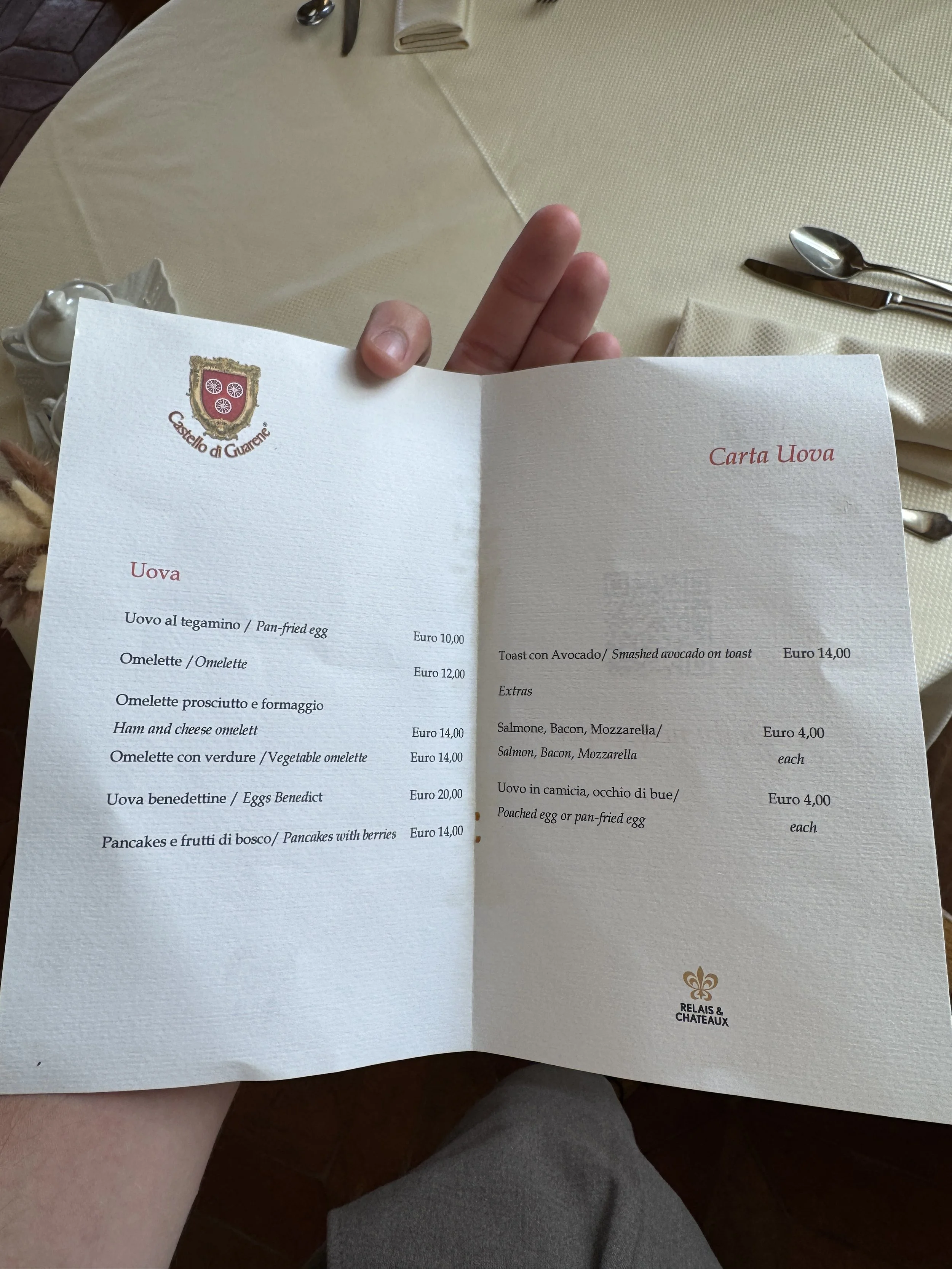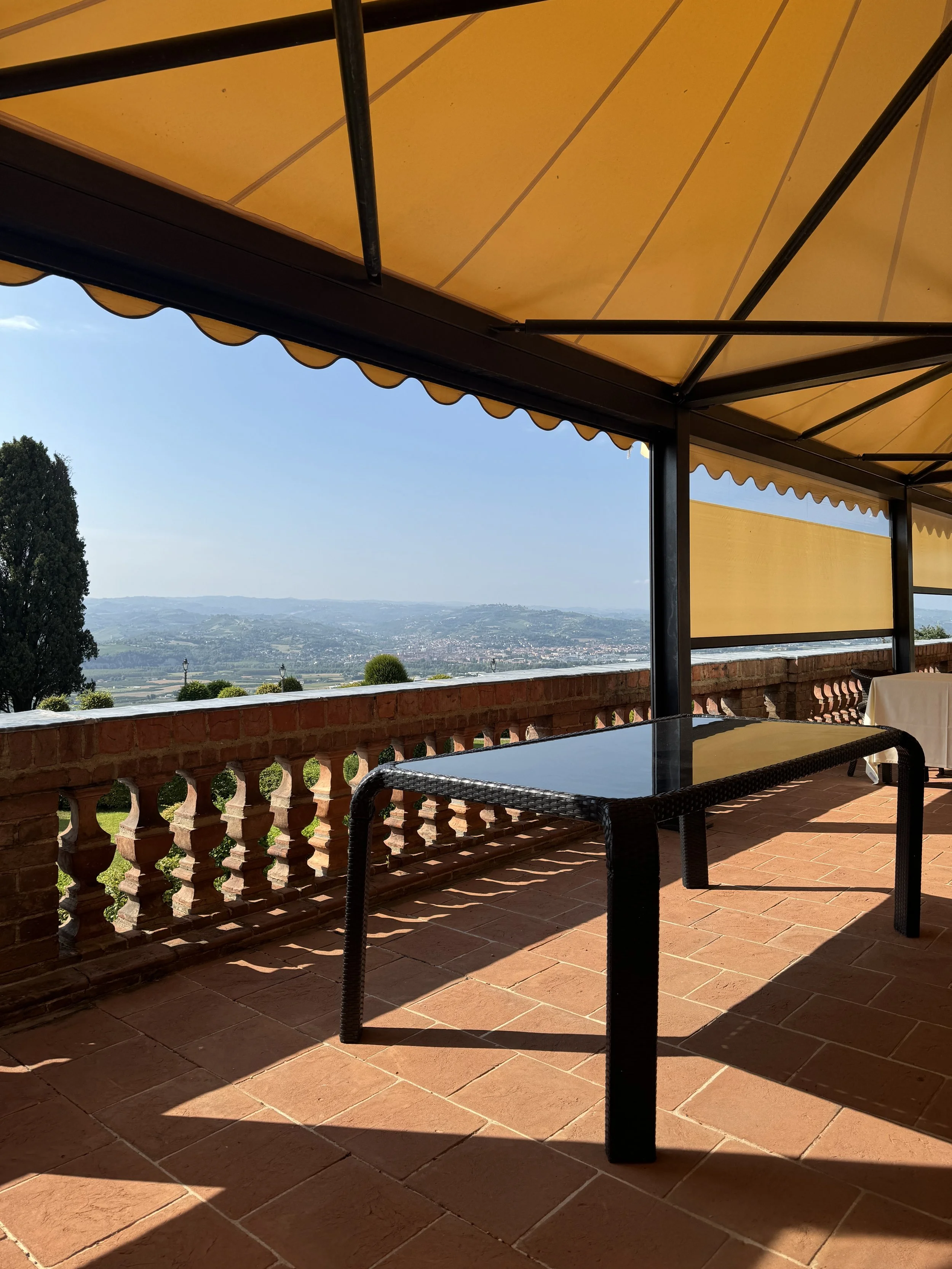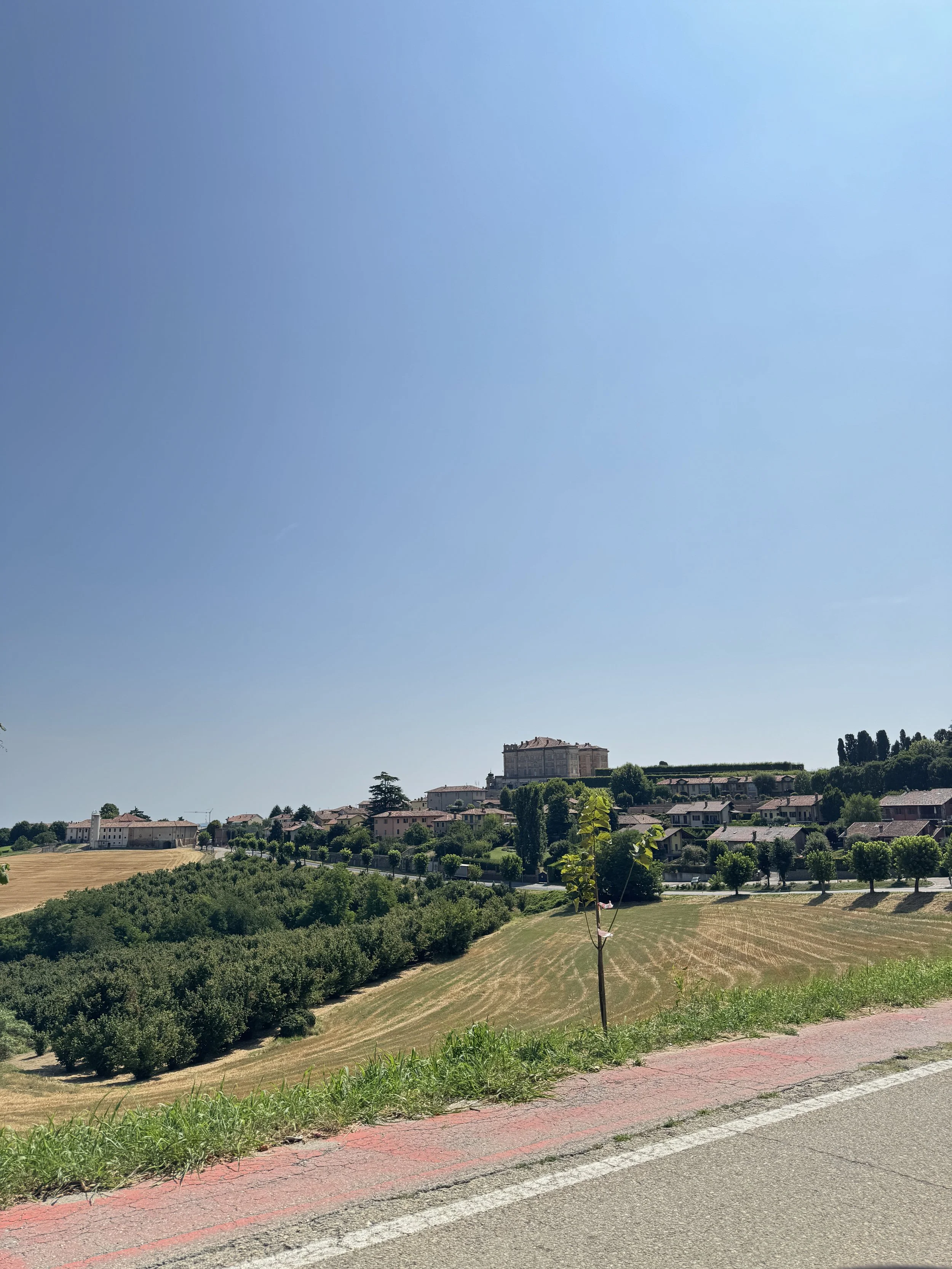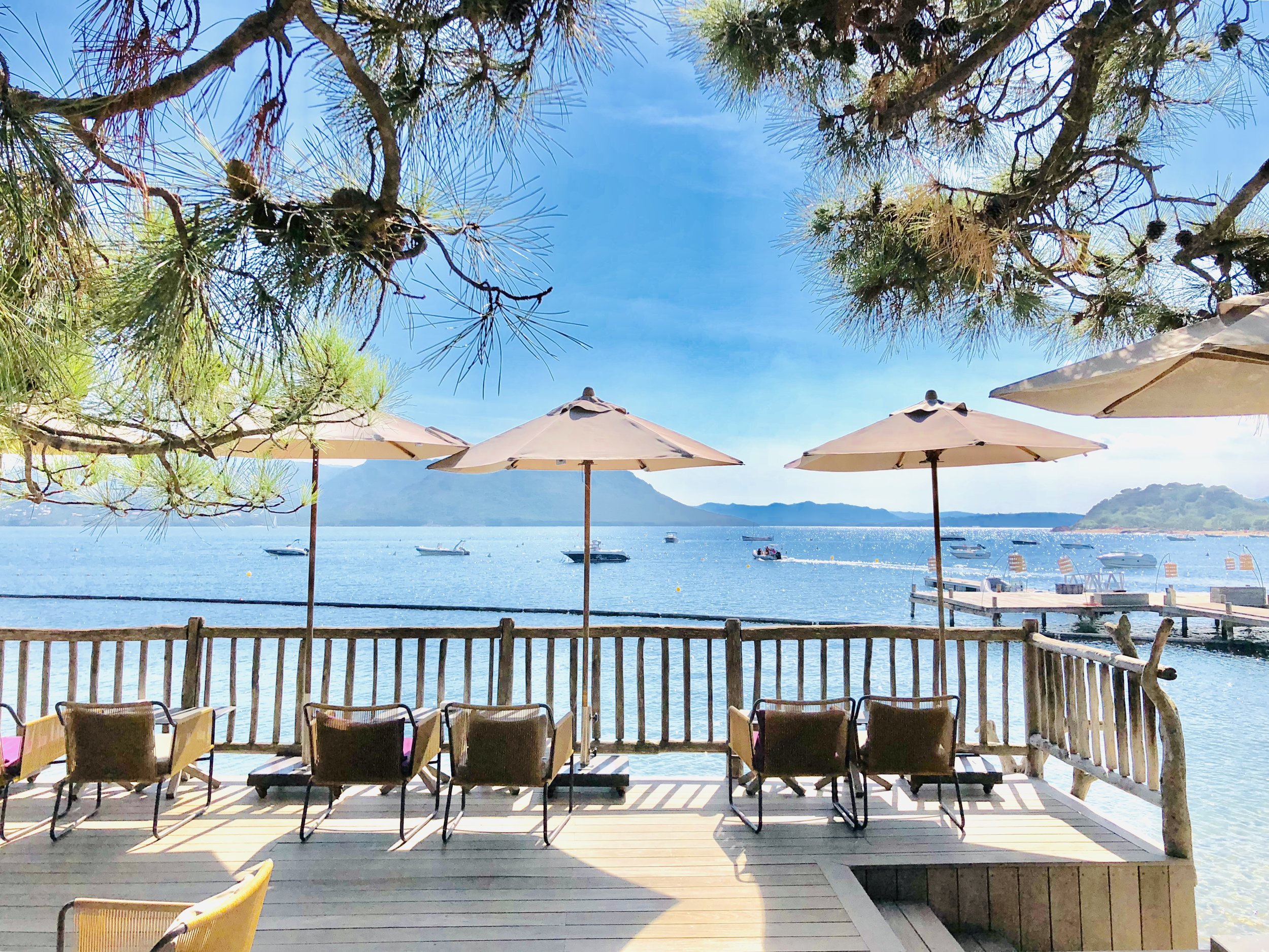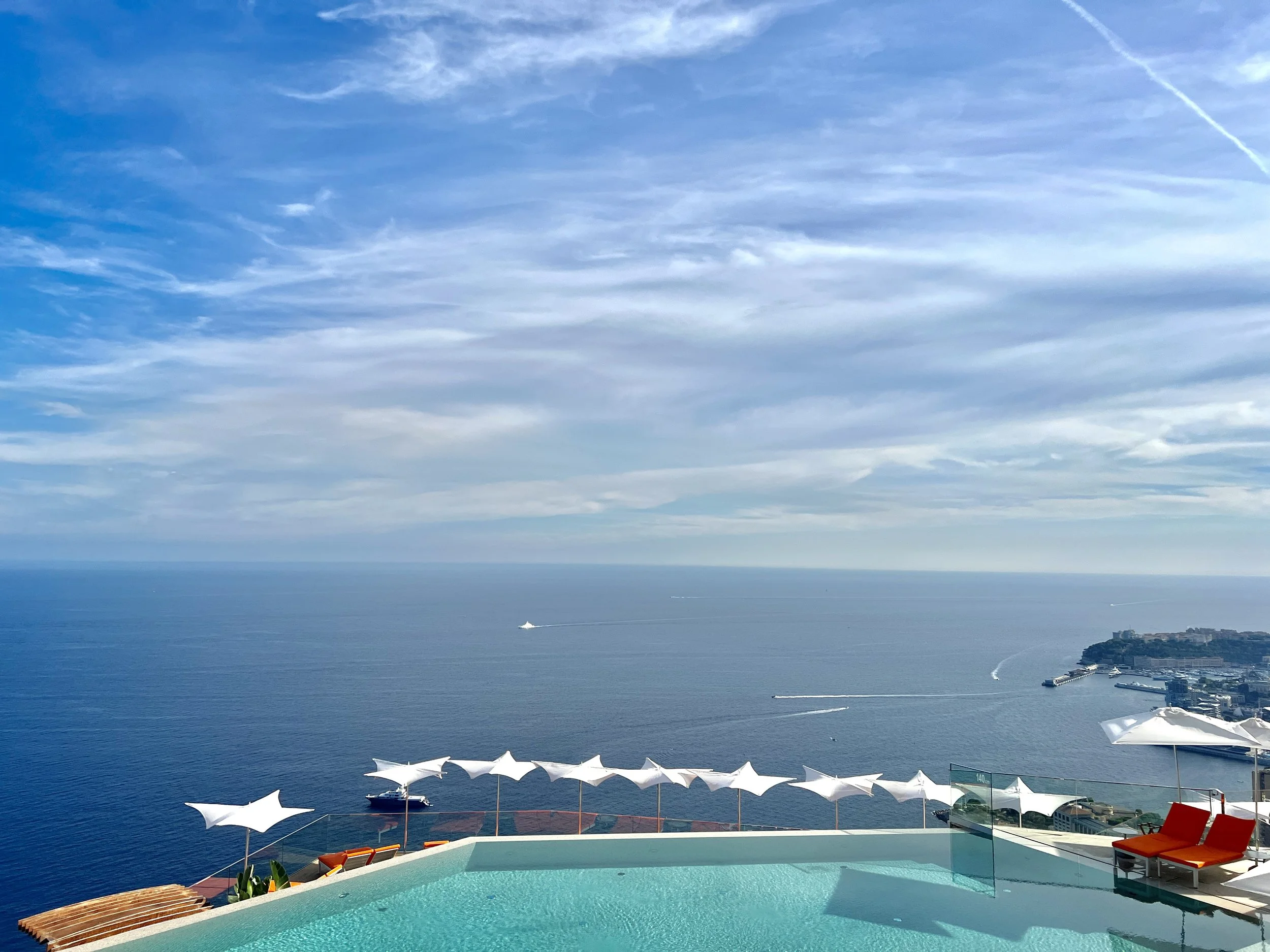24 Hours at Castello di Guarene, Piedmont
I have been traveling to Piedmont since the tender age of five. My father, an ardent wine lover, has always had a particular affection for the region’s Barolo and Barbaresco wines. And where better to experience them than directly from the source, visiting the vineyards and wineries himself? Over the years, I came to know every winding road and rolling hill of this land by heart. Yet, as a child, these trips were not exactly my favorite. Don’t get me wrong — the castles, vineyards, and endless lunches under vine-covered pergolas were lovely — but as a child who preferred beaches, playgrounds, and hotel pools, even the best Barolo couldn’t compete with a seaside holiday. It wasn’t until my teenage years that I truly rediscovered Piedmont. Once I could appreciate a bottle of Barolo and tell the difference between a decent truffle pasta and a great one, something clicked. I started to fall in love with this quiet, almost secret part of Italy. My father used to say, back in the early 2000s, that this was “the Tuscany of the North” — fewer tourists, lower prices, and food that could rival or even surpass that of its southern counterpart. He wasn’t wrong. I still remember staying in centuries-old castles as a child, terrified that ghosts might appear in the middle of the night. Those fears have thankfully faded, though I still wouldn’t exactly say I’m perfectly at ease sleeping alone in a medieval castle. Which is why, for this particular weekend escape, I brought along my friend Sebastian. After a few days of city life in Milan, we were ready for a countryside retreat — a change of pace, surrounded by vineyards and history.
A Castle Above the Hills
Castello di Guarene sits proudly atop a hill overlooking Alba, one of Piedmont’s most famous wine towns. It had been on my list ever since it opened as a hotel in 2015. A member of Relais & Châteaux, it embodies everything that association stands for — authenticity, heritage, and timeless elegance. This isn’t a “castle-style” hotel; it’s the real thing — a genuine 18th-century palace that still houses a museum. The arrival is an experience in itself. You drive up a narrow cobblestone street through the old town of Guarene, reaching a massive iron gate bearing the hotel’s name. Ring the bell, and the gate slowly opens, revealing a long driveway that leads to a majestic entrance — a stately facade that could easily serve as the set of a historical film. Originally built in 1726 by Count Carlo Giacinto Roero as a summer residence for his family, the castle has seen nearly three centuries of history. Today, it has been lovingly transformed into a five-star hotel while preserving its grandeur. As I walked through the halls, I couldn’t help but think how many nobles, dignitaries, and perhaps even royals had once stood in these very rooms. Check-in was formal yet warm. The General Manager personally welcomed us, gave us a brief tour of the castle, and finally accompanied us to our room. Along the way, we passed through grand exhibition halls filled with antique furniture, frescoed ceilings, and priceless art — all open for guests to explore. The only original castle room now used by the hotel itself is the breakfast room, and it is nothing short of breathtaking.
Our Room: A Hidden Gem Beneath the Castle
Our excitement dimmed slightly when we discovered that our room was not actually inside the main castle, but rather located beneath it, on the ground level along the driveway. From the photos, I had imagined every room boasting views over Alba and the Langhe hills. Ours, a Classic Room — the hotel’s entry-level category — faced the Roero side instead. Still, once we stepped inside, disappointment quickly gave way to admiration. The ceilings were impressively high, the canopy bed regal, and the antique furnishings exuded quiet elegance. The room felt authentically historical, with just the right touch of patina. The faint scent of aged wood and history lingered in the air — something you either love or find unsettling, but it’s undeniably part of the experience. The room featured a large bed, a wooden wardrobe, a writing desk (topped with local biscuits and a handwritten welcome note), and a television discreetly placed on a sideboard. Personally, I would have preferred if the hotel had skipped modern touches like the TV and corded phone altogether. A medieval castle hardly needs them — but I suppose five-star standards in Italy require such amenities.
The bathroom, however, was a different story — pure indulgence. When the castle was converted into a hotel, the designers clearly did not hold back on the marble. Every room, regardless of category, has a luxurious marble bathroom complete with a deep soaking tub, a separate walk-in shower, double sinks, and even a bidet. Ours was flooded with natural light thanks to large windows opening onto a private courtyard. The toiletries were by Laura Biagiotti — their powdery scent fitting the antique atmosphere, though not exactly my taste. What I did love was our private terrace: a secluded patio with two loungers and a small table overlooking the Roero hills. It was a charming extension of the room, though I imagine it’s more useful in summer than during Piedmont’s truffle season in autumn. Housekeeping was impeccable, with evening turndown service and thoughtful touches throughout. Still, I was surprised to find not a single bottle of wine in the room. In one of the world’s most celebrated wine regions, this felt like a missed opportunity. A small complimentary bottle of local Barolo or Barbaresco would go a long way toward enhancing the arrival experience — especially at these room rates.
Wellness and Relaxation
Beyond the castle’s museum halls and French gardens, the hotel’s wellness facilities are another highlight. The spa is divided into two sections: a wellness area open from 2:00 to 7:00 p.m., featuring a Finnish sauna, steam bath, salt cave, and Kneipp path; and a separate indoor pool area that remains open longer. At first, I panicked slightly upon learning about the restricted spa hours — a pre-dinner swim is practically sacred to me. But the indoor pool turned out to be open after hours, and what a pool it is: perfectly heated, surrounded by arched windows framing panoramic views of the Langhe and Alba. After breakfast, I spent a peaceful hour swimming laps while morning light poured across the water. Adjacent to the pool, a terrace offers loungers and light lunch options for guests who wish to relax in their bathrobes. It’s a tranquil, elegant space — exactly what one hopes for in a Relais & Châteaux property.
Breakfast in the Castle
Breakfast is served in the original ballroom of the castle, an opulent space that feels straight out of a royal court, or outside on the terrace under white canopies overlooking the gardens. The setting is magnificent — easily among the most beautiful breakfast rooms in Italy. However, the actual breakfast offering fell far short of expectations. While the buffet was elegantly displayed, it was remarkably limited — featuring four pieces of focaccia, some cold cuts, and a small selection of fruits, along with some yoghurts. When we asked for more bread, the staff returned after ten minutes and brought out two more pieces, as if they were rationed. Service was passive; the staff remained inside the room, leaving guests to fetch their own refills of coffee.
Egg dishes were available only at an extra charge, and at such an absurdly high price that no one seemed to order them. It’s not that the food was bad — the bread, ham, and coffee were all excellent — but at rates well above €500 per night, a hotel of this calibre should offer à la carte eggs and proactive, polished service. A simple improvement in breakfast execution would elevate the entire stay.
Final Thoughts
Despite a few imperfections, our stay at Castello di Guarene was an unforgettable experience. There’s a unique thrill in spending the night in a castle that has witnessed centuries of history, walking through frescoed halls in formal attire, or gazing out over vineyards that seem to stretch endlessly. The setting, the views, and the sheer atmosphere make it one of the most special places to stay in Piedmont. Yes, our room was located beneath the main castle — but once you know what to expect, it’s not a drawback. The marble bathrooms, private patios, and tranquil setting more than make up for it. If you visit, I strongly recommend taking a guided tour of the castle — learning about its history adds so much depth to the experience. And while the hotel does have a restaurant, venture out to the nearby villages for dinner. Piedmont is full of family-run trattorias that offer unforgettable meals for a fraction of what you’d pay elsewhere. In autumn, when the white truffle season begins, the region comes alive. There’s something magical about the scent of fresh truffle mingling with the fog that settles over the hills, a glass of Barbaresco in hand. That’s the true essence of Piedmont — la dolce vita in its purest form, where time slows down and the simple pleasures become the greatest luxuries.

